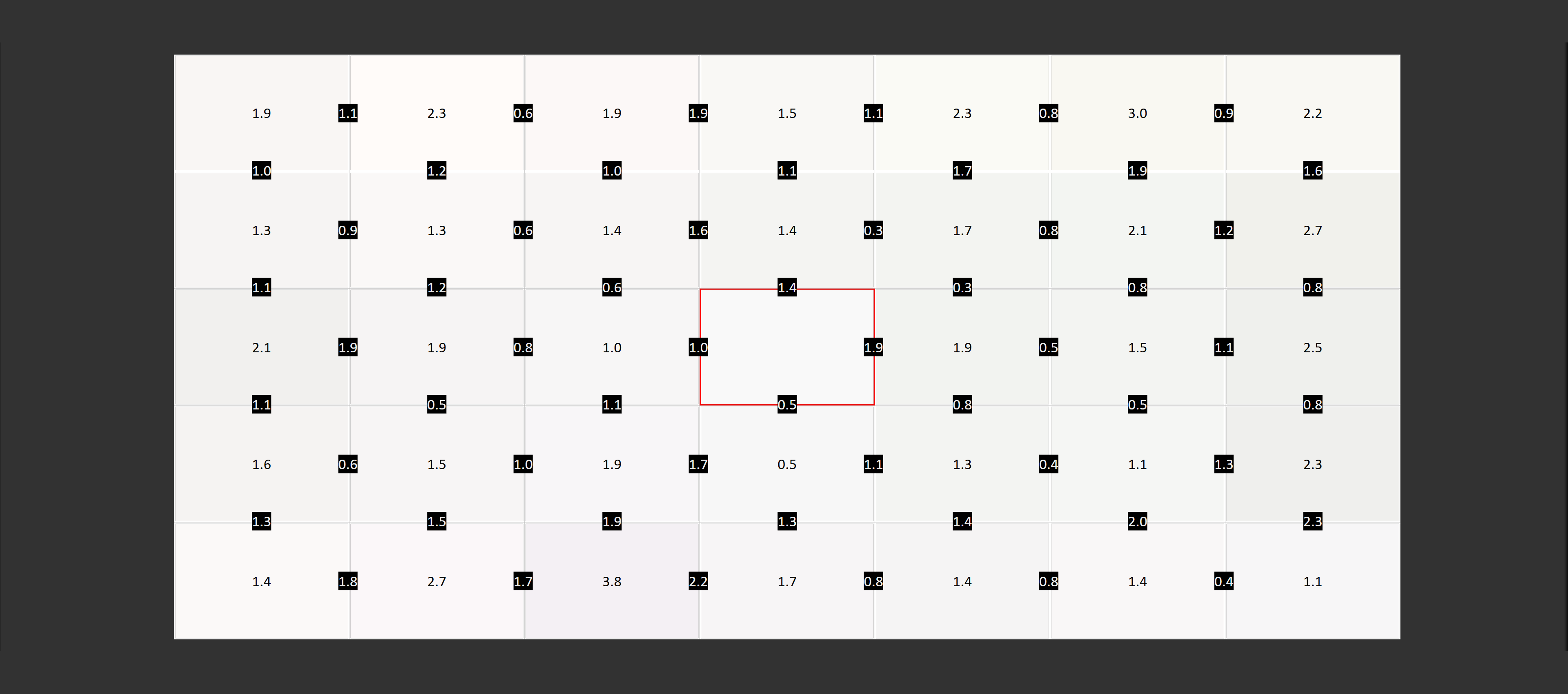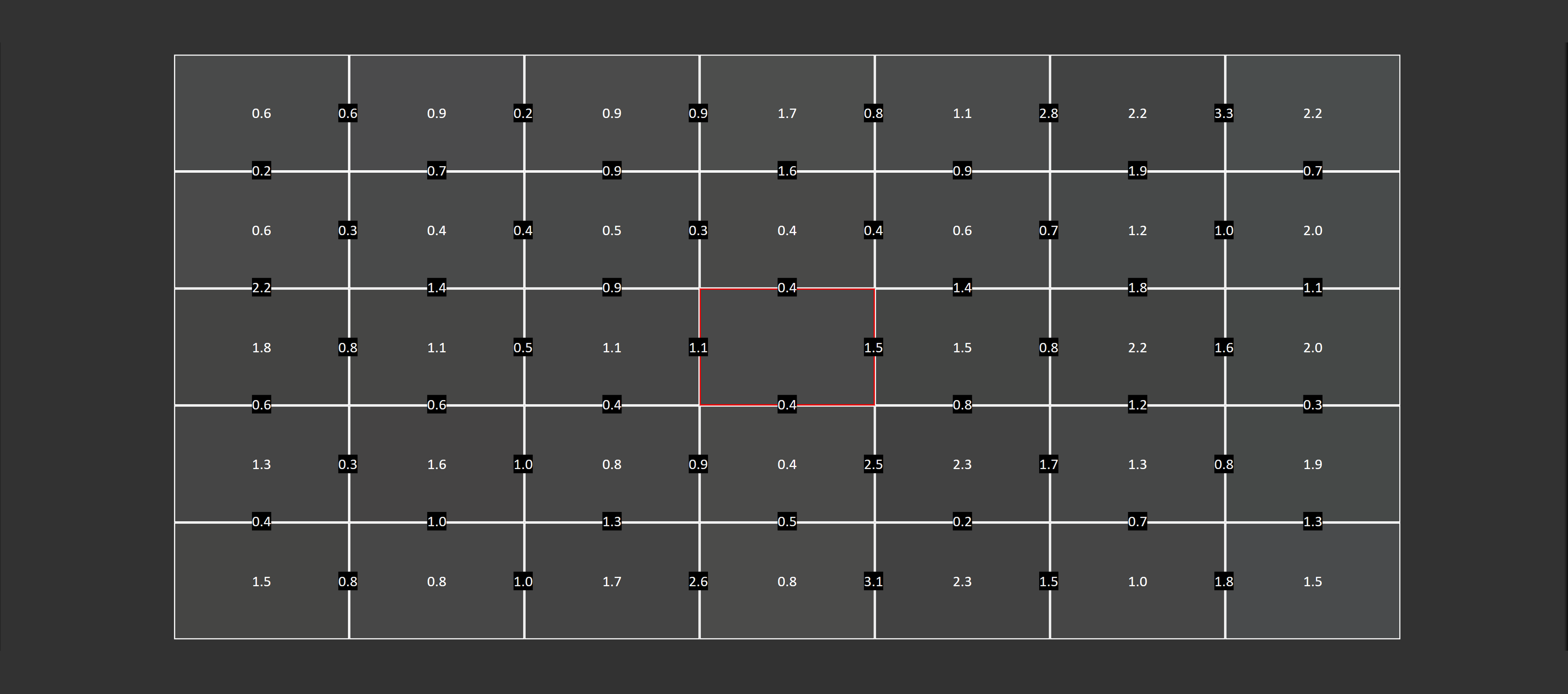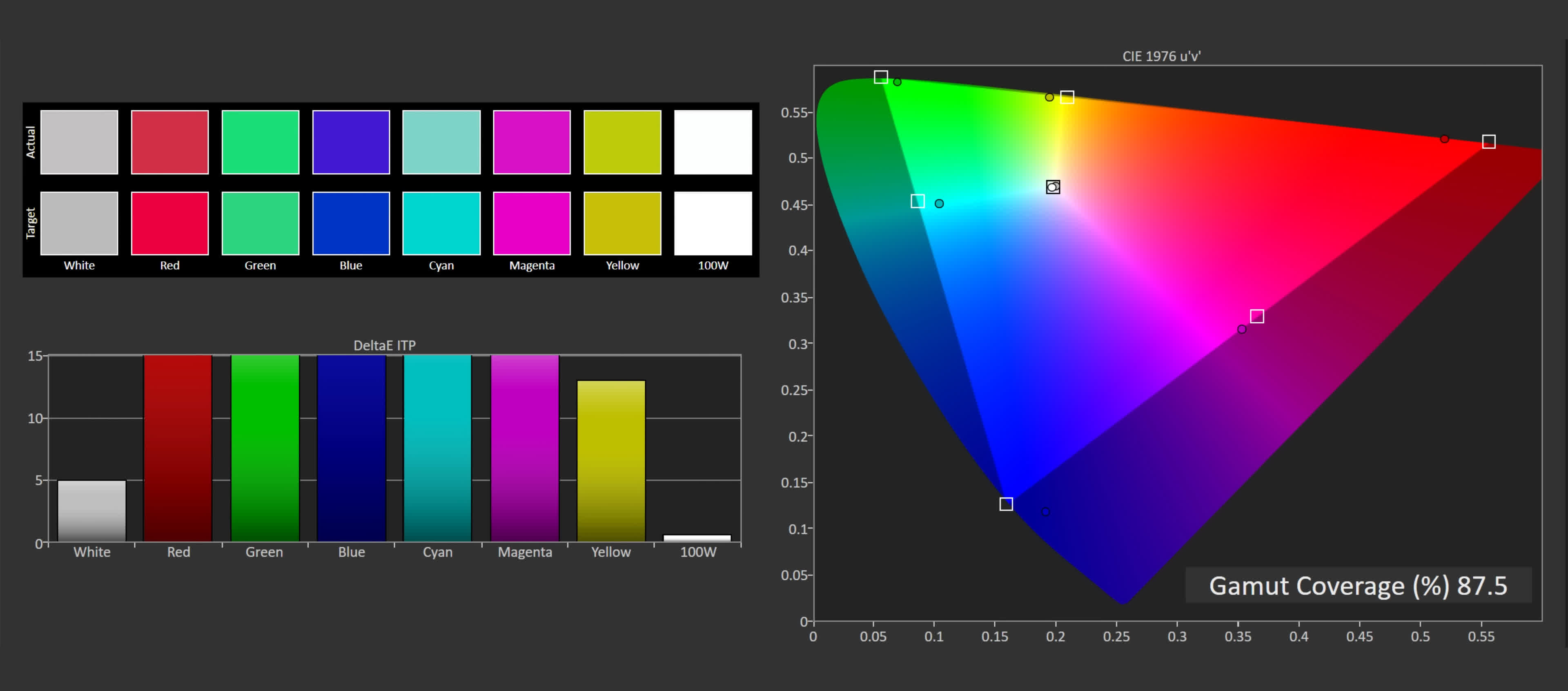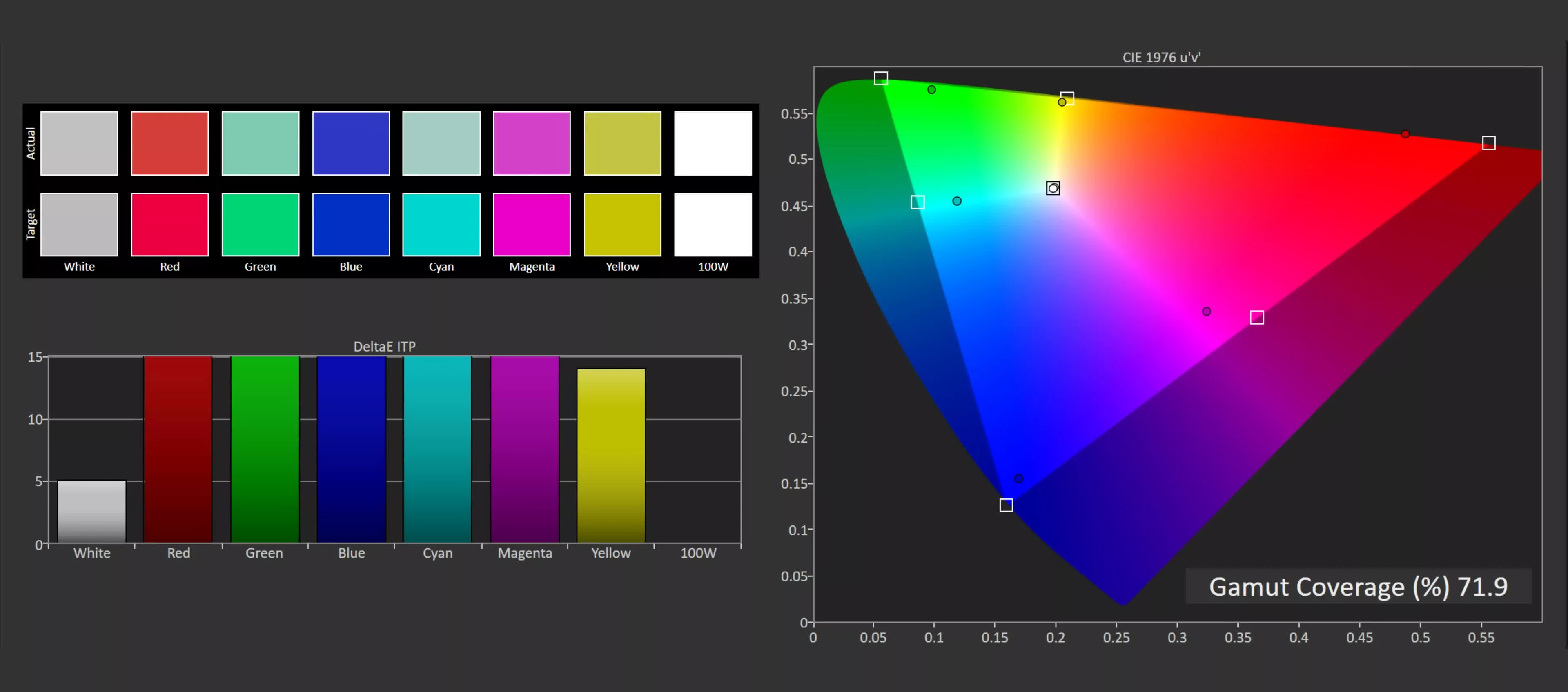We cover a lot of various screens and displays year in and year out on TechSpot, using various types of display panel innovation. Yet what modern technology is the very best? How does LCD contrast to OLED? Just How does IPS LCD contrast to VA LCD? How does QD-OLED compare to WOLED?
We’re mosting likely to clarify all of that in this freshly updated article. The last time we talked about panel modern technology was 3 years back, therefore much has transformed since then that it’s time for an upgrade.
Show Tech Review
So, what are the different types of panel innovations, and just how do they work? In the display market now, there are 2 main display households to select from: LCDs (liquid crystal displays) and OLEDs (organic light-emitting diode screens). Each of these family members has subvariants. For LCDs, the primary ones being used are IPS, VA, and TN. For OLEDs, we have QD-OLED and WOLED.
Yet initially, we need to deal with the primary differences between LCD and OLED. These are two fundamentally various strategies to producing a display, yet both make use of a split make-up.
In an LCD, the main parts are a backlight, the liquid crystal layer, and different filters. The backlight utilizes LEDs to produce white light, which shines with the liquid crystal layer. The crystals in this layer are electrically controlled to allow essentially light to pass through, depending on the shade that needs to be presented.
This light is then filtered right into red, green, and blue components, developing subpixels. Each pixel in the display screen is made up of red, environment-friendly, and blue subpixels, making it possible for the screen to create essentially any color.
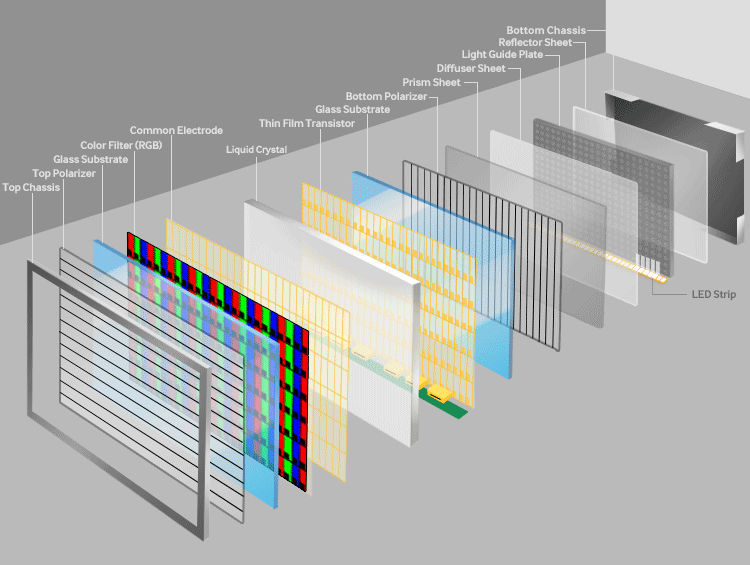
OLEDs have an easier design. Instead of creating light and managing its output making use of different layers, an OLED generates and manages light in one step with one layer. This OLED layer contains specific natural light-emitting diodes for each subpixel, which can be straight regulated to send out essentially light. This light is then filtered into the usual red, environment-friendly, and blue elements via a different layer.
From right here, we move right into subvariants. For LCDs , when we speak about IPS, VA, and TN, we’re describing distinctions in the liquid crystal layer and how the crystals are positioned and controlled. TN , or twisted nematic display screens, are the most basic style, with each crystal twisting 90 degrees to obstruct or pass light. IPS , or in-plane changing, lines up the crystals alongside the panel, and they revolve to manage light. VA , or vertical placement, has crystals straightened vertically, which turn to manage light. These subvariants are typically given brand names by producers, such as AHVA or PLS, however nowadays, item pages typically just list IPS, VA, or TN.
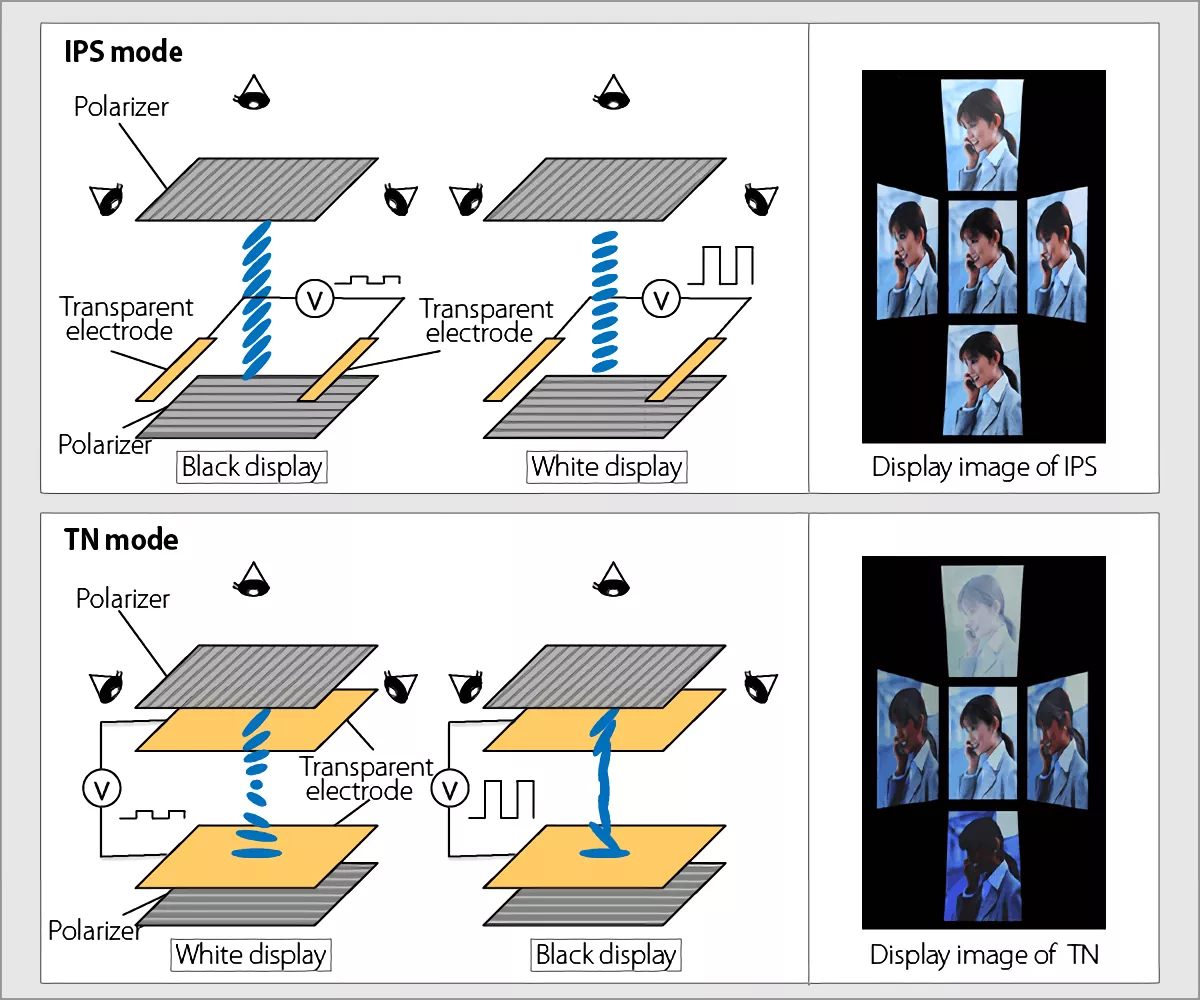
For OLED subvariants, the main ones used in displays are QD-OLED and WOLED These describe considerable panel distinctions, consisting of subpixel structure, light generation, and filtering system. QD-OLEDs generate blue light, which is changed right into green and red for the other subpixels with a quantum dot layer.
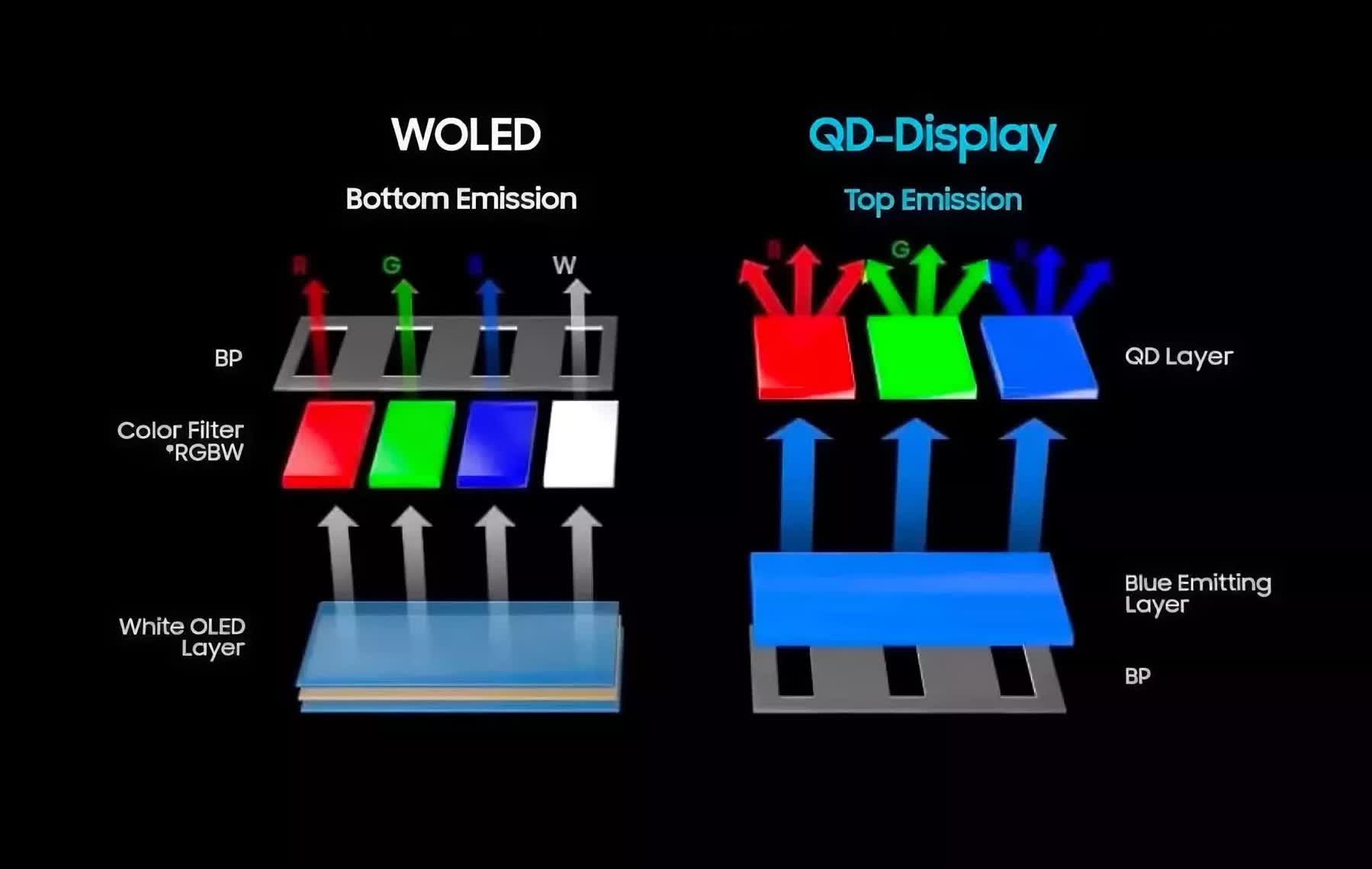
WOLEDs generate white light, which is changed right into subpixel shades making use of a filter layer. WOLEDs also include a 4th white subpixel, which straight passes the white light, in addition to the normal red, environment-friendly, and blue. The physical arrangement of these subpixels differs too, with QD-OLEDs using a triangular layout and WOLEDs employing a red stripe design.
How do all of these differences influence performance? Let’s study that.
Brightness
When it pertains to brightness, the primary differences are between LCD and OLED households. For SDR material, LCDs are brighter when gone for their maximum illumination. Throughout over 150 LCDs we’ve checked, the average LCD peak brightness was 402 nits. In contrast, OLEDs averaged just 231 nits. This provides LCDs a big illumination advantage: they are 74 % more vibrant typically.
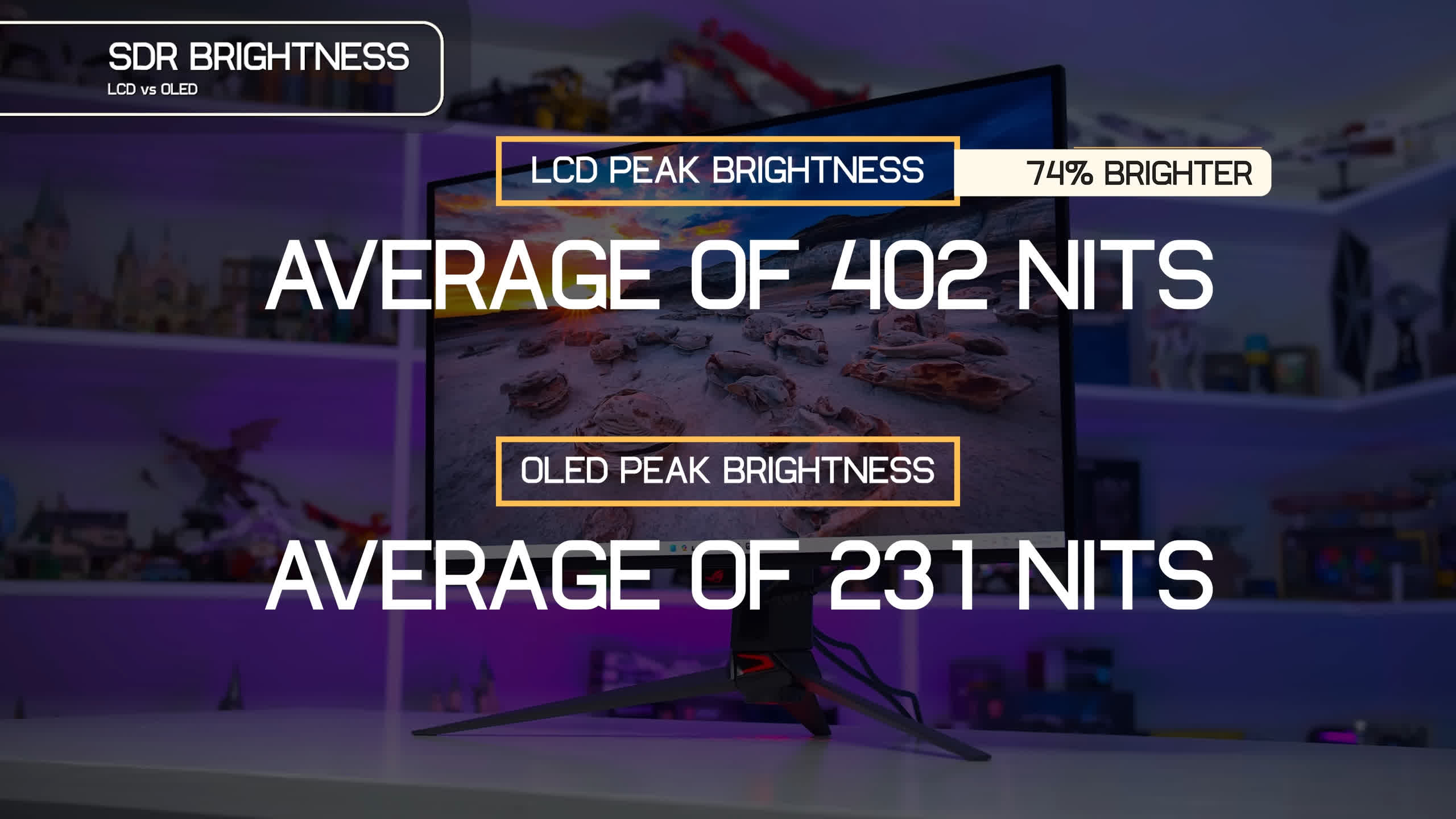
When damaging down illumination by subvariants, there isn’t much difference within the LCD family members. Given that the fluid crystal layer is separate from the backlight layer, there’s no technological reason why TN, IPS, or VA LCD monitors must vary dramatically in brightness.
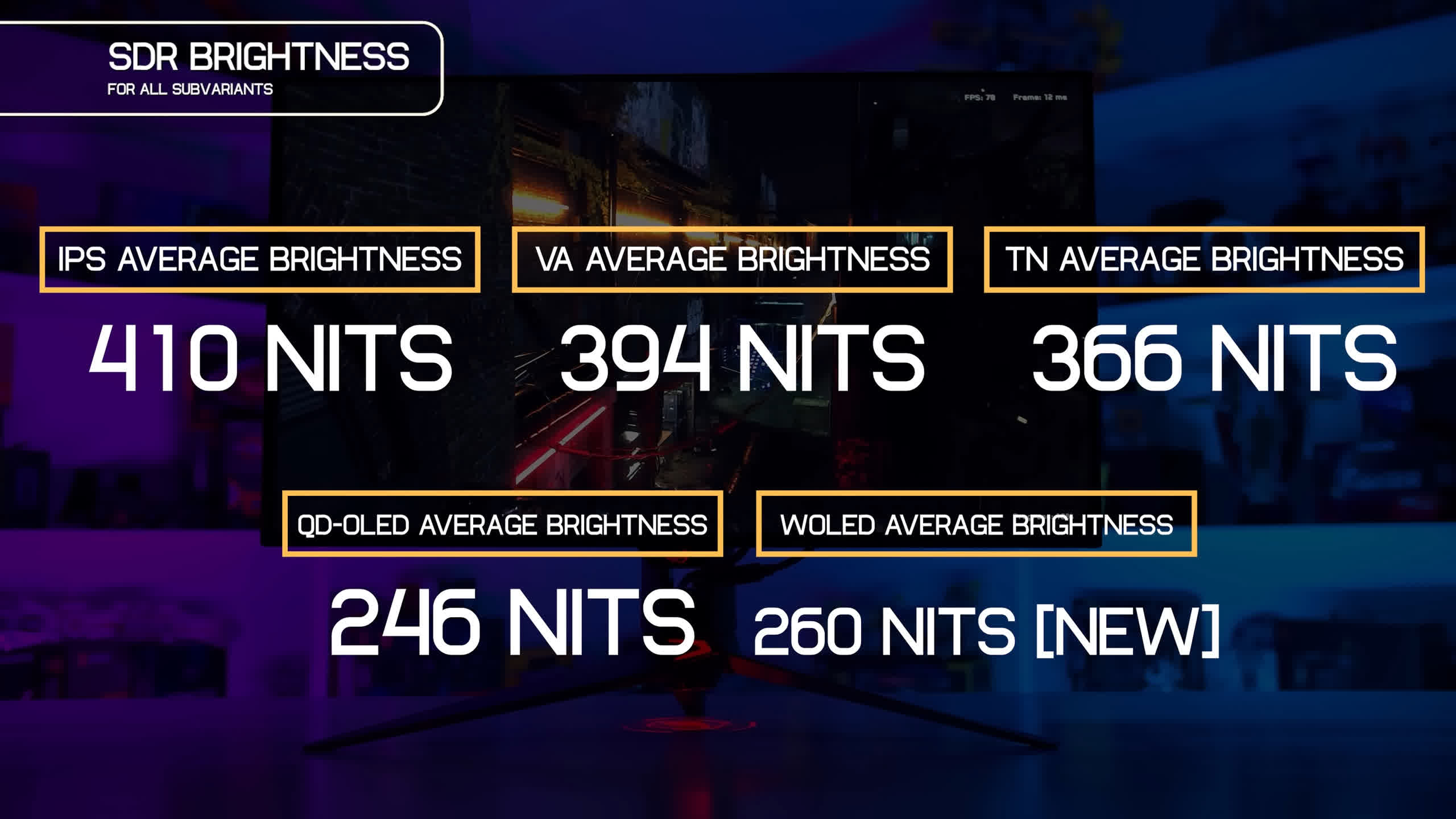
Certainly, we found an ordinary illumination of 410 nits for IPS, 394 nits for VA, and 366 nits for TN. For QD-OLED, almost all designs we’ve evaluated achieve similar SDR brightness degrees of around 246 nits. For WOLEDs, more recent designs hit approximately 260 nits, while older models struggle to get to 200 nits.
Contrast Proportion
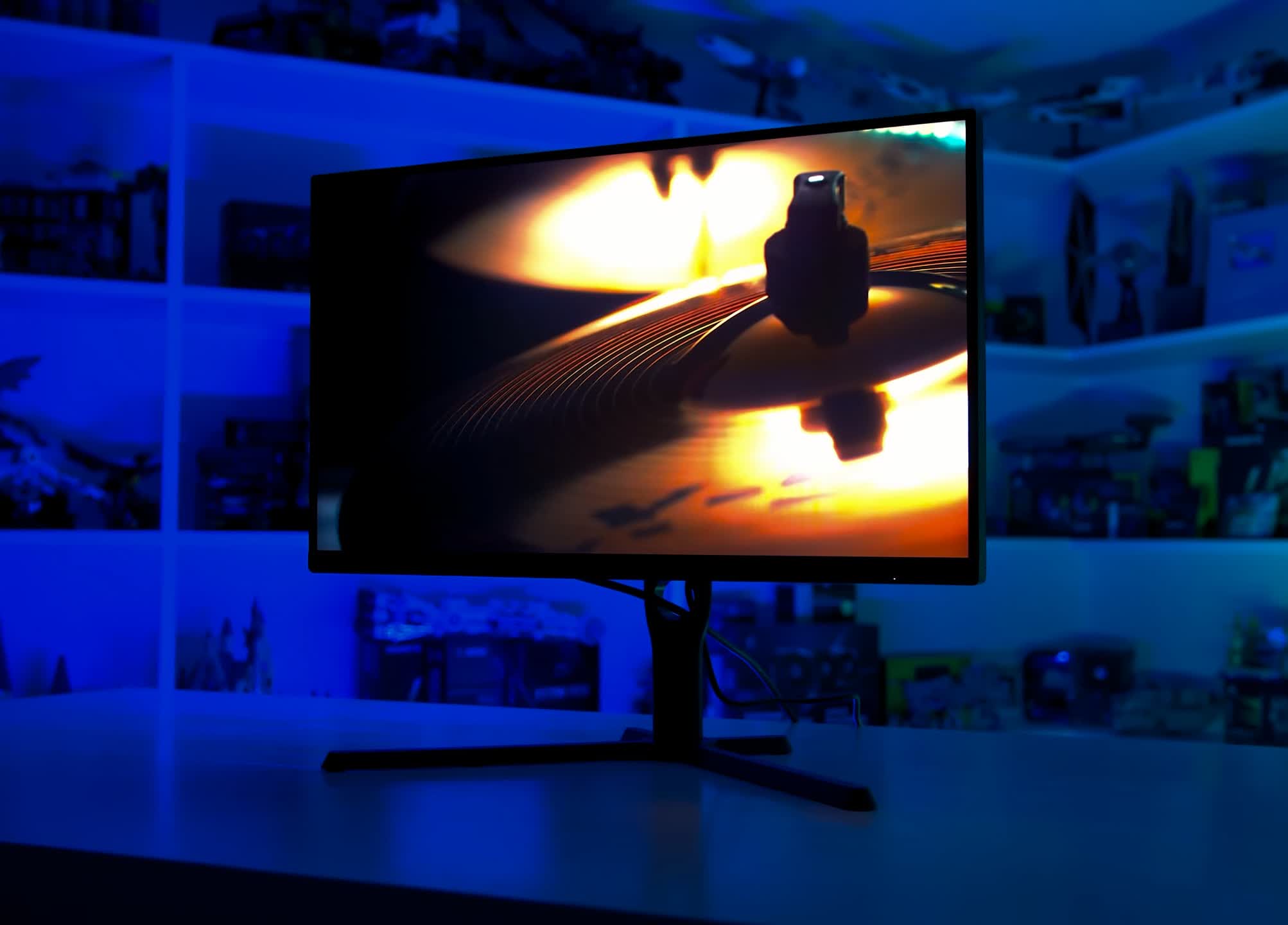
There is a substantial difference on the other hand ratios in between each of these technologies. Usually talking, TN panels have the weakest contrast proportions. Usually, we located a proportion of 982: 1 for TN panels, with a lot of designs dropping below 900: 1 IPS panels are following, with an ordinary contrast of 1, 088: 1
Regarding 29 % of IPS versions evaluated had a comparison ratio below 1, 000: 1, and only 21 % accomplished over 1, 200: 1 Most of the moment, IPS panels supply simply over 1, 000: 1, which is fairly weak. Neither IPS nor TN LCDs are known for producing deep blacks.
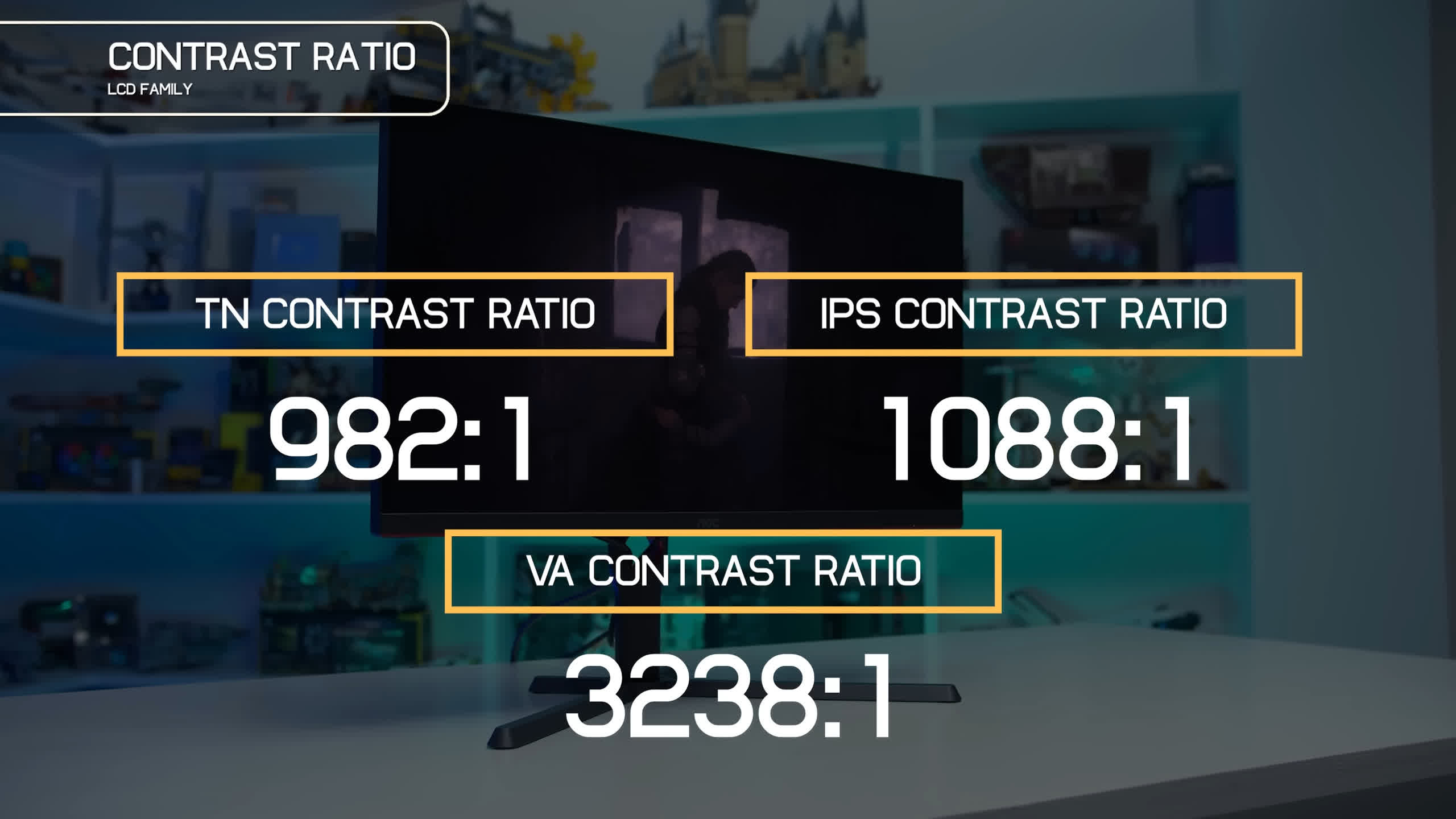
VA LCDs have the most effective comparison within the LCD household. Throughout the versions we’ve checked, the ordinary comparison proportion for VA panels is 3, 238: 1, indicating a regular VA delivers three times the contrast of a normal IPS panel. This causes much deeper blacks on VA LCDs and a noticeably higher contrast experience. Also the most awful VA panels we have actually seen surpass the very best IPS LCDs in regards to comparison.
OLEDs, on the various other hand, have an effectively limitless contrast ratio due to the fact that they can completely turn off pixels to show real black. This isn’t feasible with a lot of LCDs, as the backlight remains on, and the fluid crystal layer just obstructs as much light as feasible.
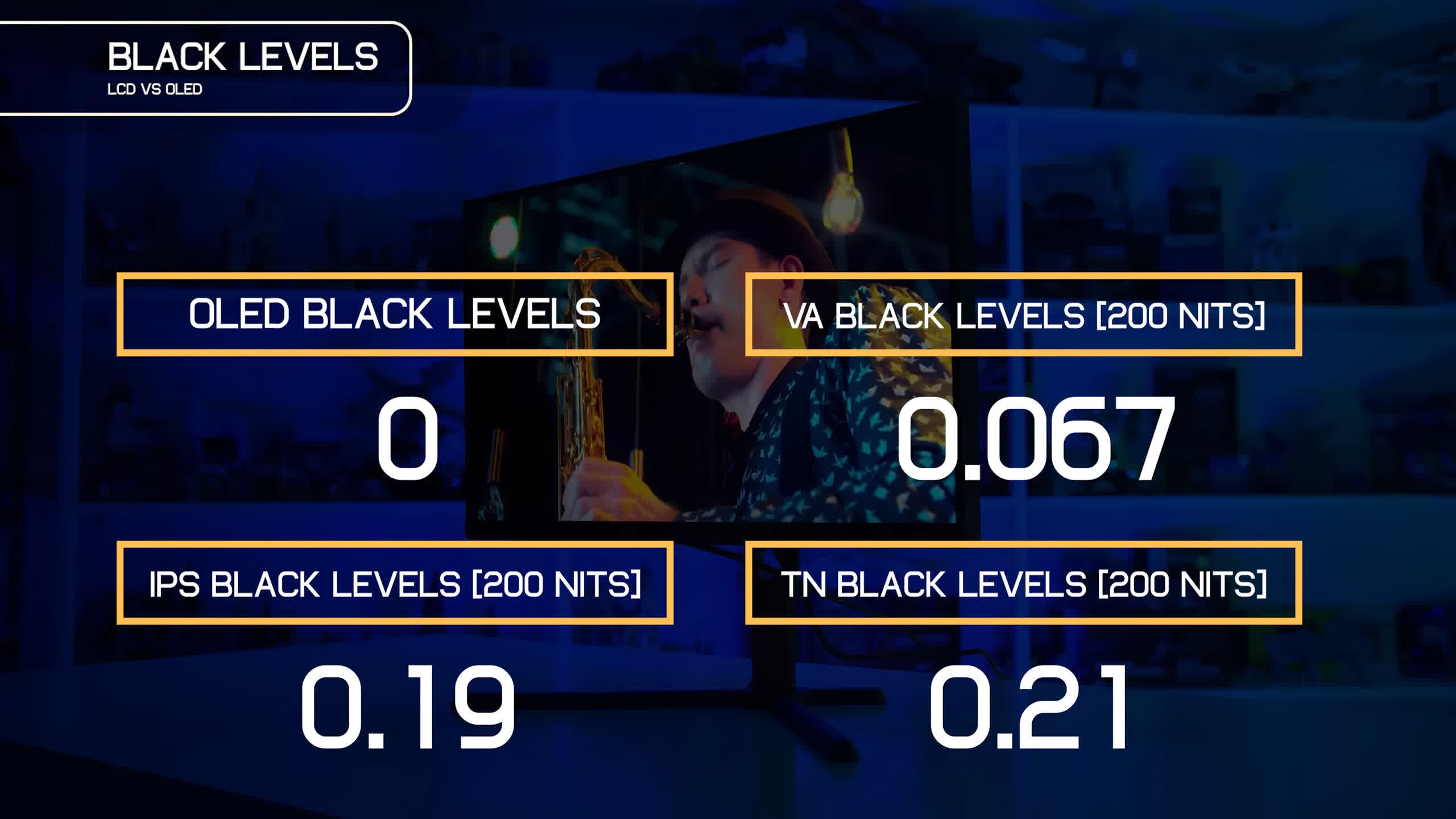
When OLEDs switch off a given pixel, black degrees are really 0. On a VA LCD adjusted to 200 nits of optimal illumination, we normally see black levels around 0. 067 nits. On an IPS, this increases to approximately 0. 19 nits, and for TN, it’s 0. 21 nits– none of which are in fact 0, and the distinction is noticeable in a dark area.
There is no distinction in between QD-OLED and WOLED black degrees; both supply perfect black degrees.
Viewing Angles
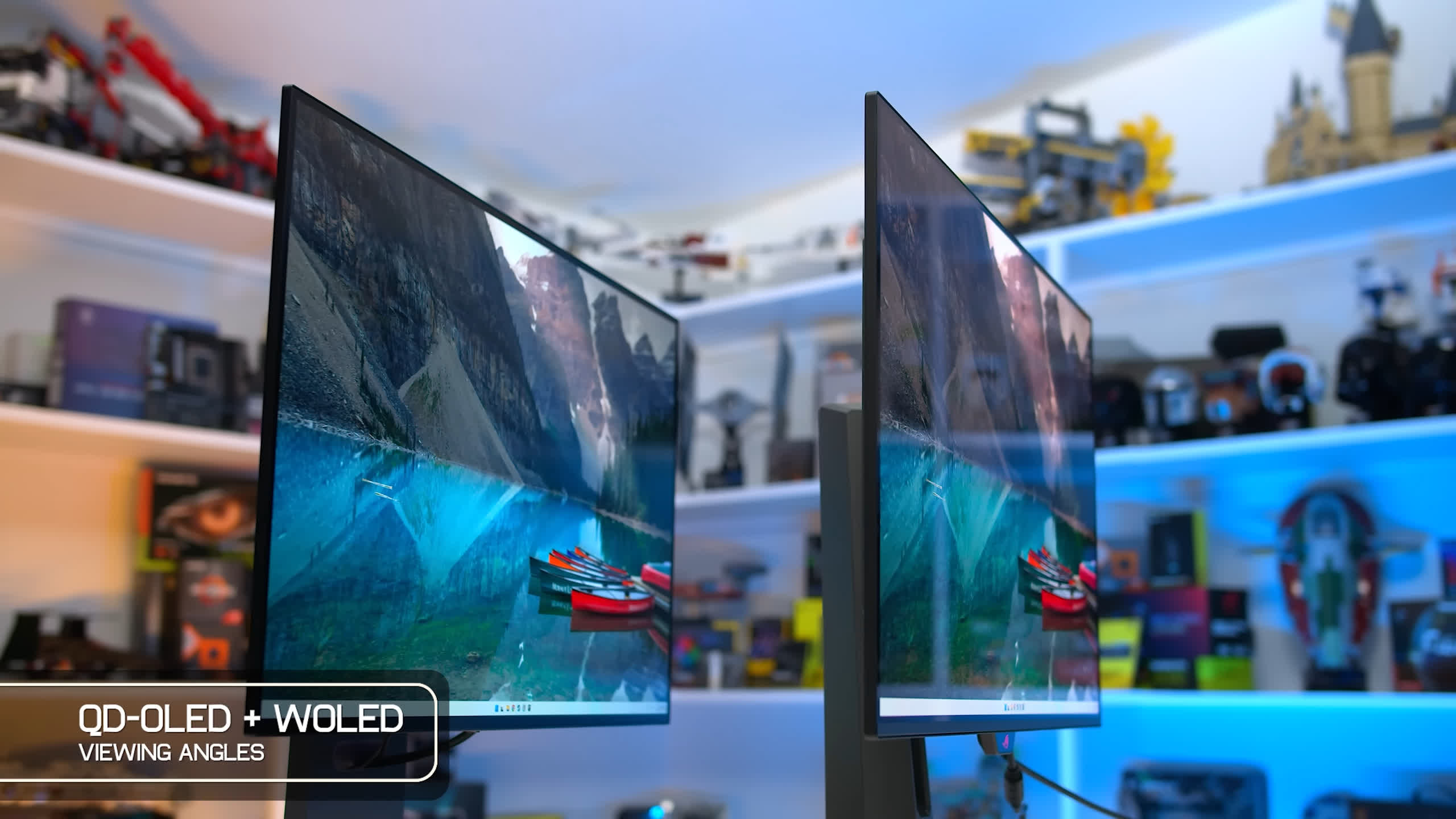
One of the most noticeable differences between panel innovations is their watching angles. TN panels have the weakest seeing angles, with significant color and comparison shifts in both horizontal and upright instructions. Typically, TN panels are rated at 170/ 160 degrees, yet in reality, visible changes happen when seeing from any kind of placement besides dead center.
This is a major fancy TN panels and can negatively affect the experience for tasks like performance work or image editing, where color accuracy is critical.
VA panels have much better seeing angles than TN panels, however they still do not get to the degree of IPS or OLEDs. In our experience, VA panels tend to suffer from comparison or gamma changes at off-center angles, yet their pleasant area for viewing is a lot bigger than that of TN LCDs.
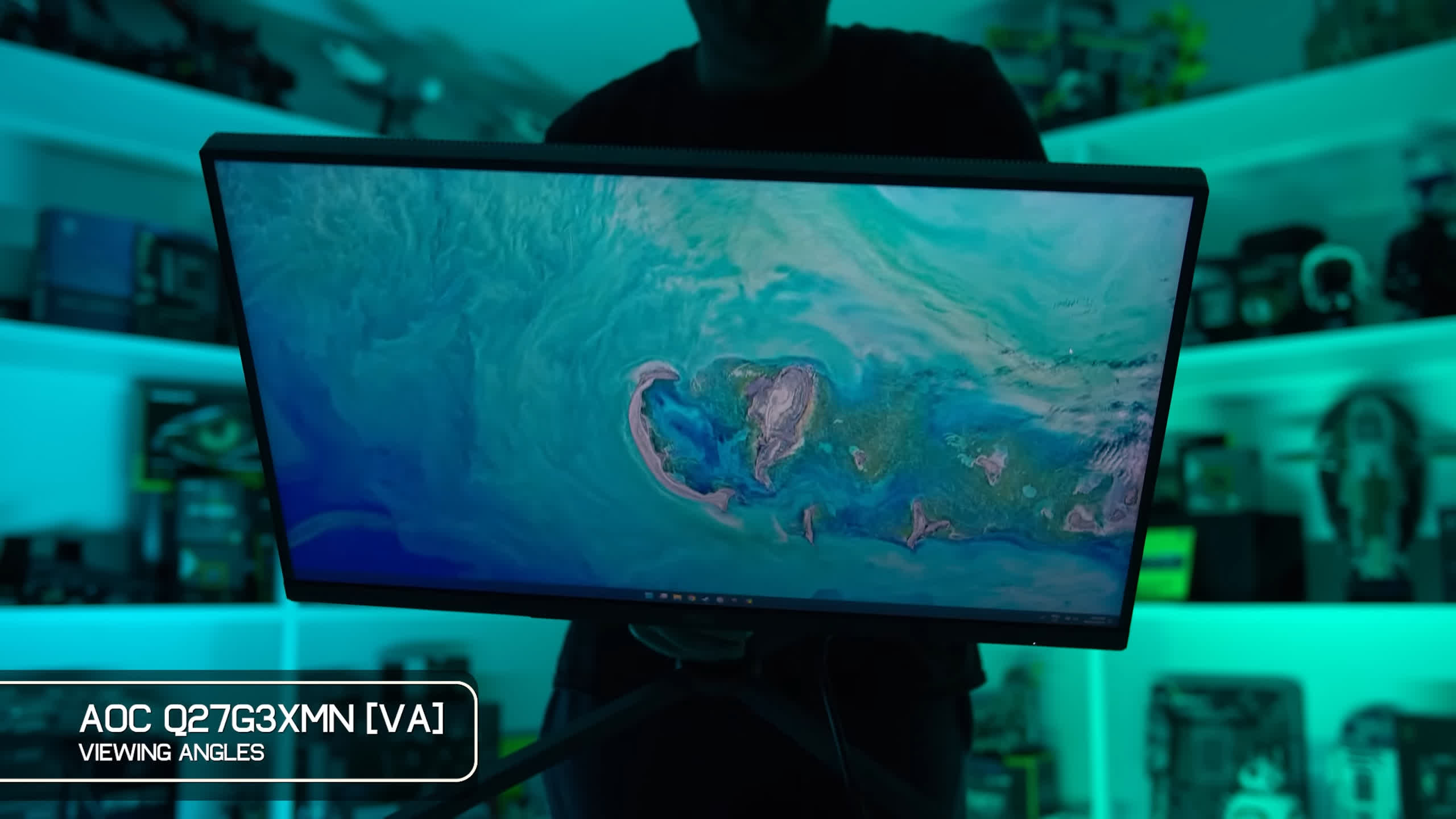
The majority of IPS panels outperform VAs around, supplying an also wider wonderful place with much less gamma, shade, and brightness moving at extreme angles. However, the top quality of seeing angles does vary between IPS panel suppliers. Generally, modern IPS display screens offer superb watching angles, making this a non-issue for the majority of individuals.
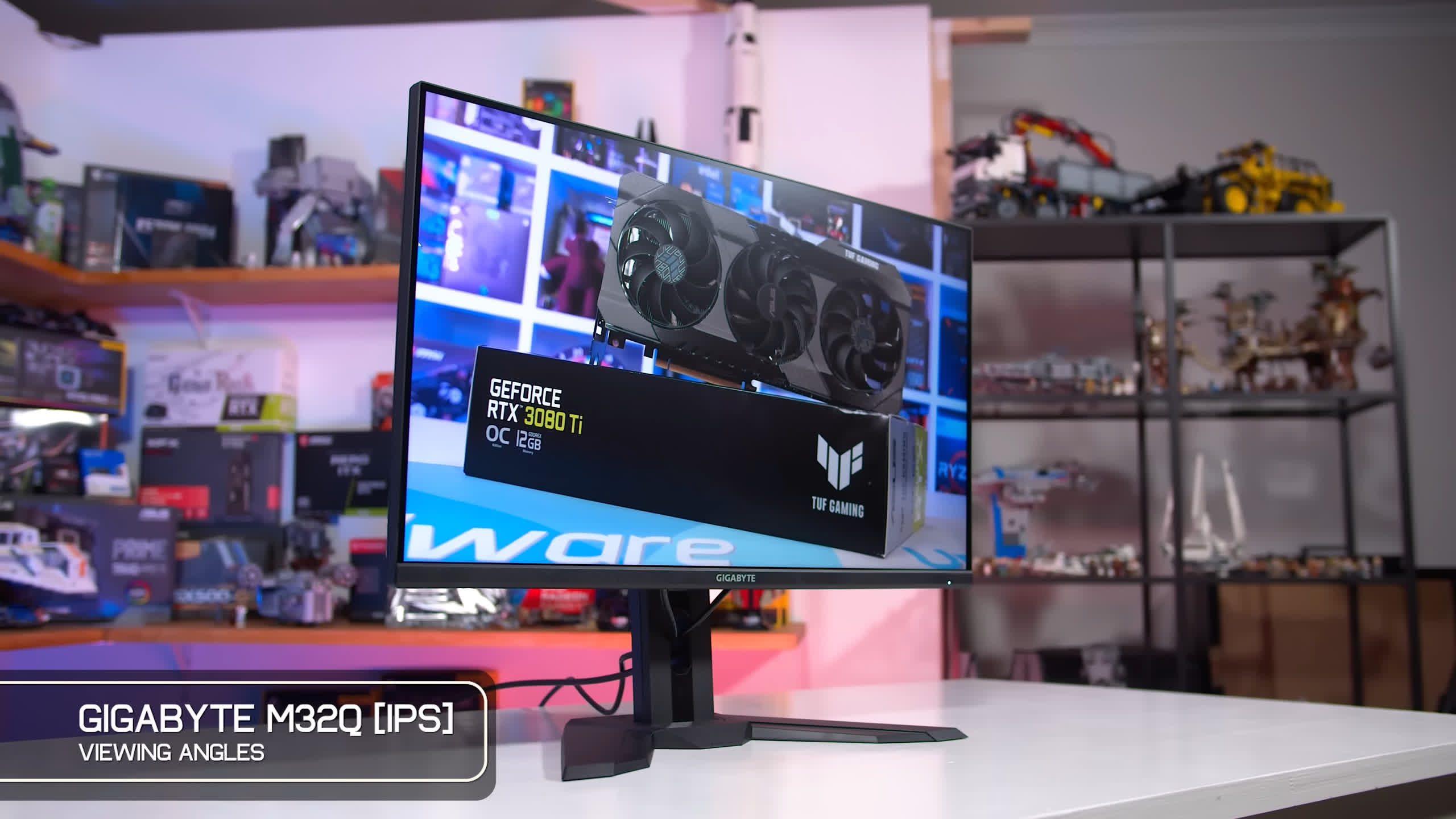
For the very best viewing angles, OLED innovation takes the lead. Because of their simpler panel construction, OLEDs discharge light extra evenly across a more comprehensive range of angles, so also contrasted to IPS LCDs, OLEDs commonly produce higher-quality pictures at severe angles.
In most regular usage conditions, OLEDs aren’t a huge upgrade from IPS panels in terms of viewing angles, but they are still much better. Thanks to QD-OLED’s top-emission style, it provides slightly far better watching angles than WOLED. Nonetheless, both carry out fantastically around.
Color Range
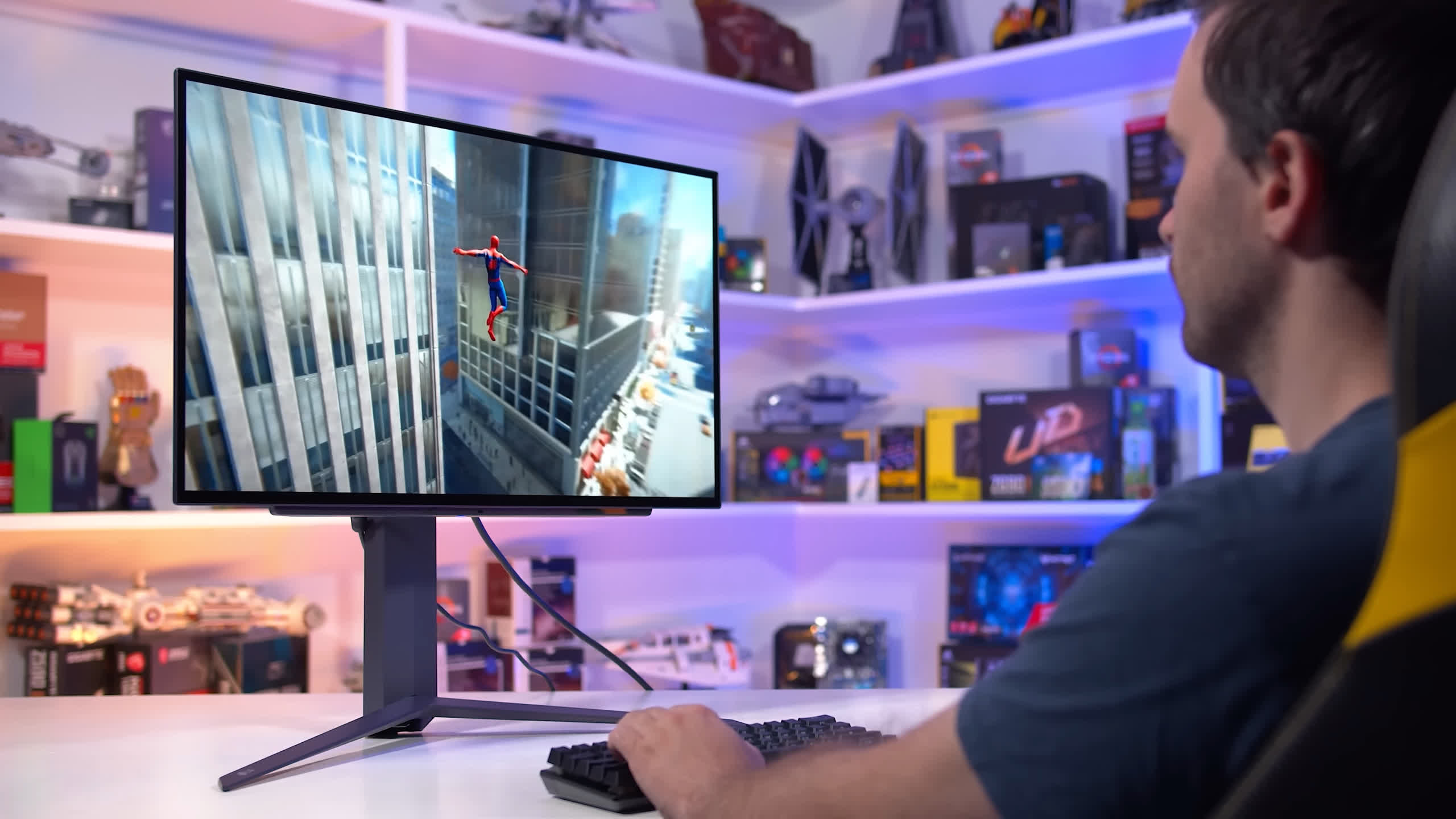
There are recognizable shade range distinctions between the different display modern technologies. For LCDs, the color range is primarily determined by the backlight technology being made use of, so IPS, TN, and VA panels can theoretically provide the exact same gamut.
LCDs with quantum dot improvement layers attain the best shade ranges, however also those utilizing a lot more conventional backlights (e.g., KSF phosphor LEDs) can still surpass 95 % DCI-P 3 insurance coverage. On the various other hand, OLED styles, such as QD-OLED and WOLED, show inherent distinctions in color range.
The best shade gamuts observed in our testing originated from IPS LCDs with quantum dot layers, which can accomplish over 80 % insurance coverage of the extensive Rec. 2020 color range developed for HDR material.
The best instances have gotten to as high as 87 % Rec. 2020 coverage. QD-OLEDs additionally supply outstanding performance, with approximately 81 % Rec. 2020 protection. In a similar way, some quantum dot-enhanced VA LCDs additionally go beyond 80 % Rec. 2020

A step listed below these are LCDs that lack quantum dot enhancement. Most contemporary IPS and VA panels still supply large gamuts, generally varying in between 68 % and 76 % Rec. 2020 This represents around 95 % DCI-P 3 protection and full sRGB protection.
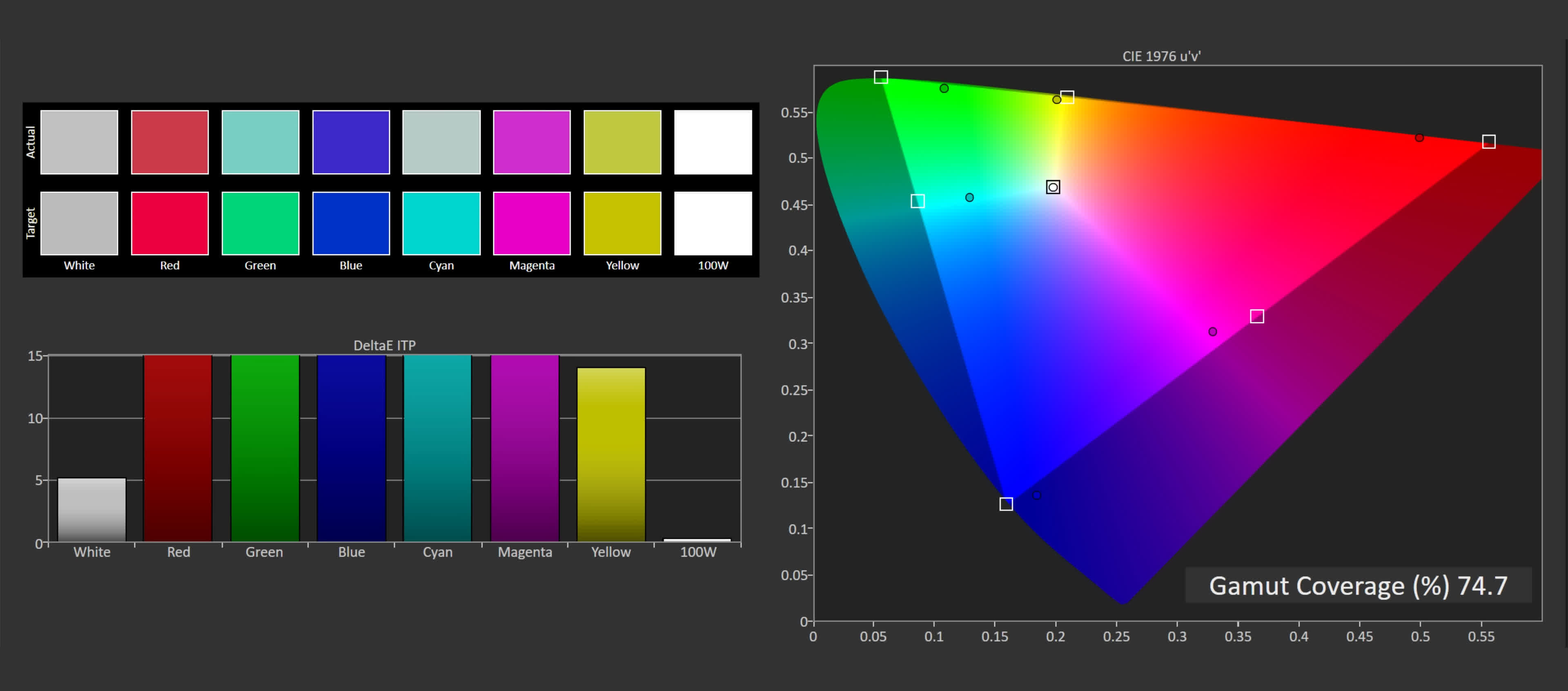
WOLEDs typically come under this category too, with an average Rec. 2020 coverage of 72 %, making QD-OLEDs the remarkable OLED choice for color gamut. Some more recent TN screens likewise accomplish broad range performance, though they are less typical than their IPS and VA counterparts.
Sometimes, we stumble upon monitors that do not include a vast shade gamut, however these aren’t connected to a details screen technology. We’ve seen examples utilizing IPS, TN, and VA panels, however such versions are ending up being significantly uncommon in 2024 Many pc gaming screens today supply 90 %+ DCI-P 3 protection and qualify as wide range screens. TN panels remain the least likely to include broad range abilities, although even in 2024, new TN styles with wide gamut support are emerging.
When it comes to color accuracy, this depends entirely on the screen manufacturer instead of the display modern technology. Appropriate calibration is key, and all panel types can extremely accurate efficiency if tuned appropriately.
Refresh Fees
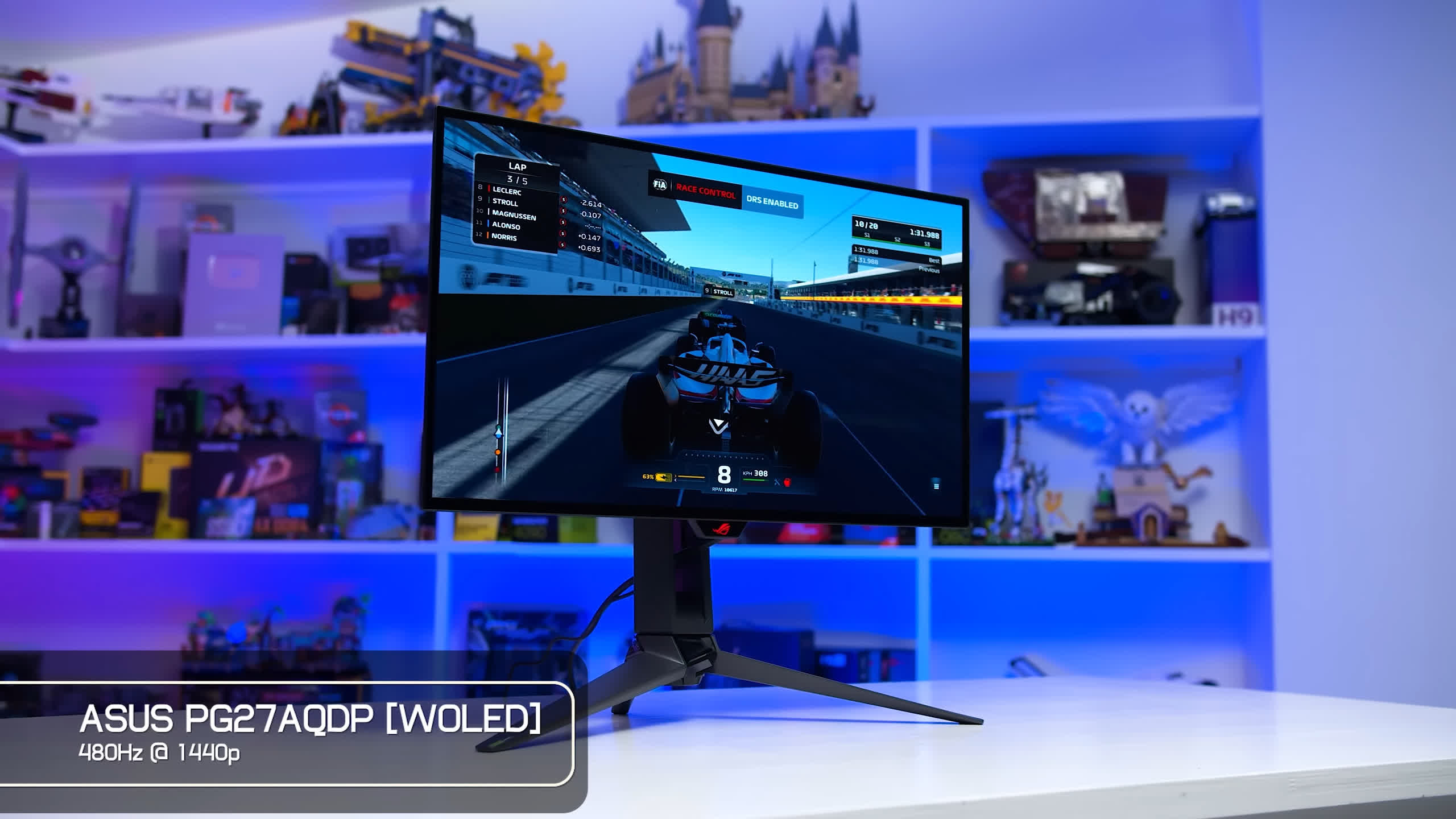
Rejuvenate rates have actually progressively enhanced over the last few years, and the ceiling of what each panel modern technology can accomplish hasn’t been reached yet. Generally, maximum freshen prices are connected to resolution, with reduced resolutions permitting higher refresh rates.
As things stand right now, the greatest refresh rate panels offered are 540 Hz TN LCDs at 1080 p resolution, followed very closely by 500 Hz IPS LCDs (likewise at 1080 p) and 480 Hz WOLEDs. These WOLED panels are special in that they are readily available at 1440 p, making them the greatest refresh rate 1440 p models, or at 1080 p in 4 K dual-mode products.
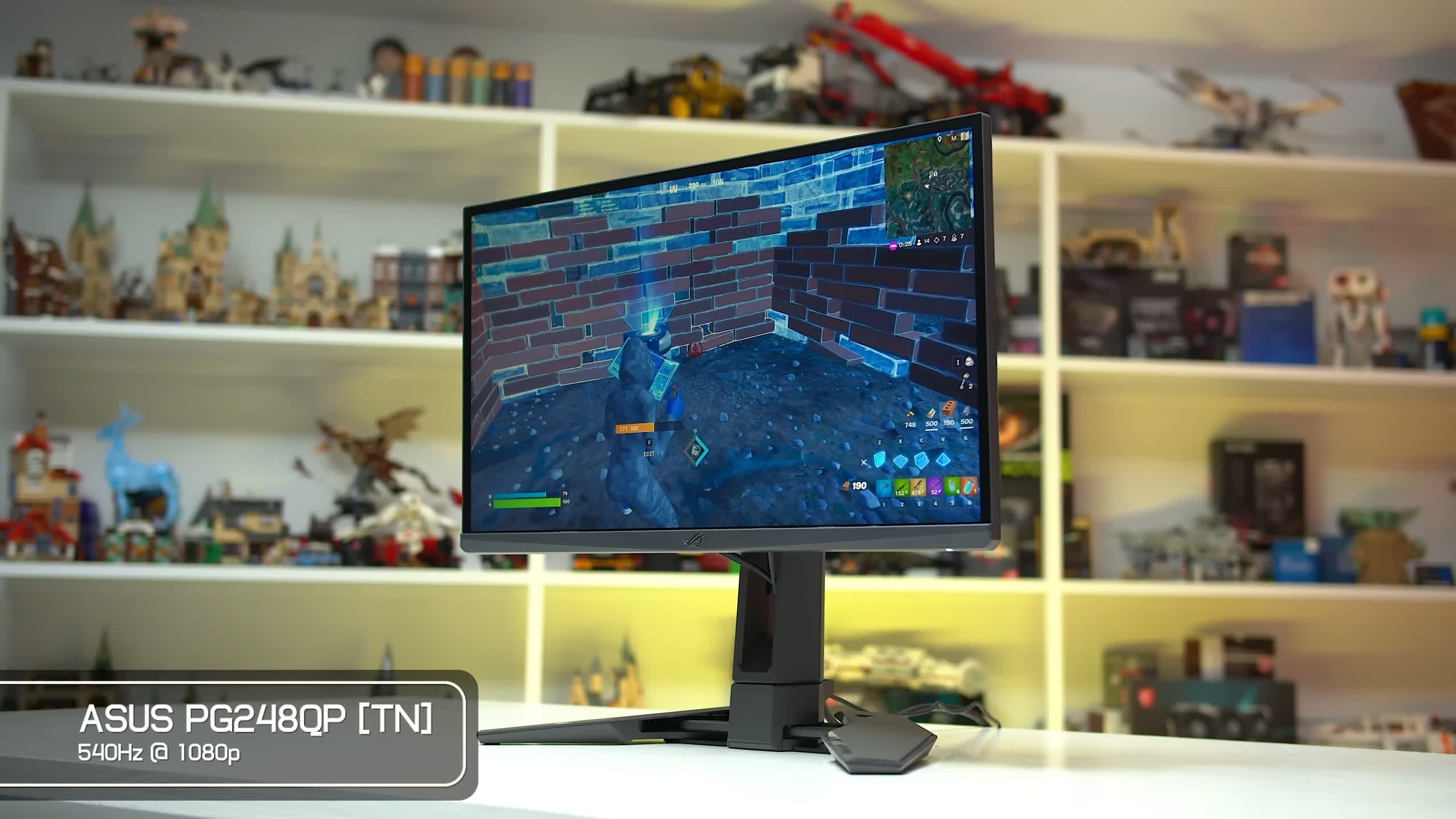
Below these extremes, we locate QD-OLED panels getting to maximum refresh prices of 360 Hz, which is likewise the limit for IPS LCDs at 1440 p.
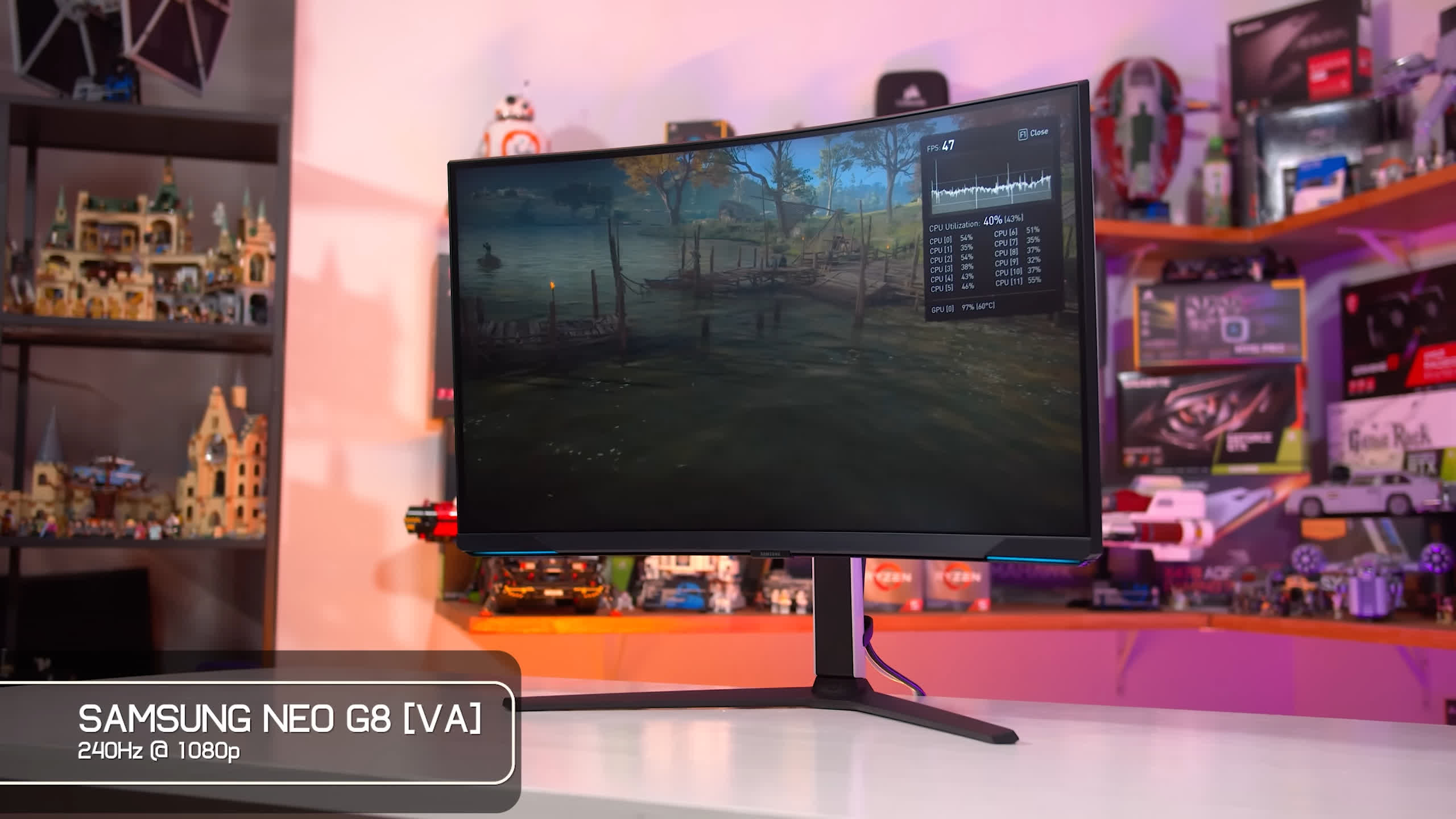
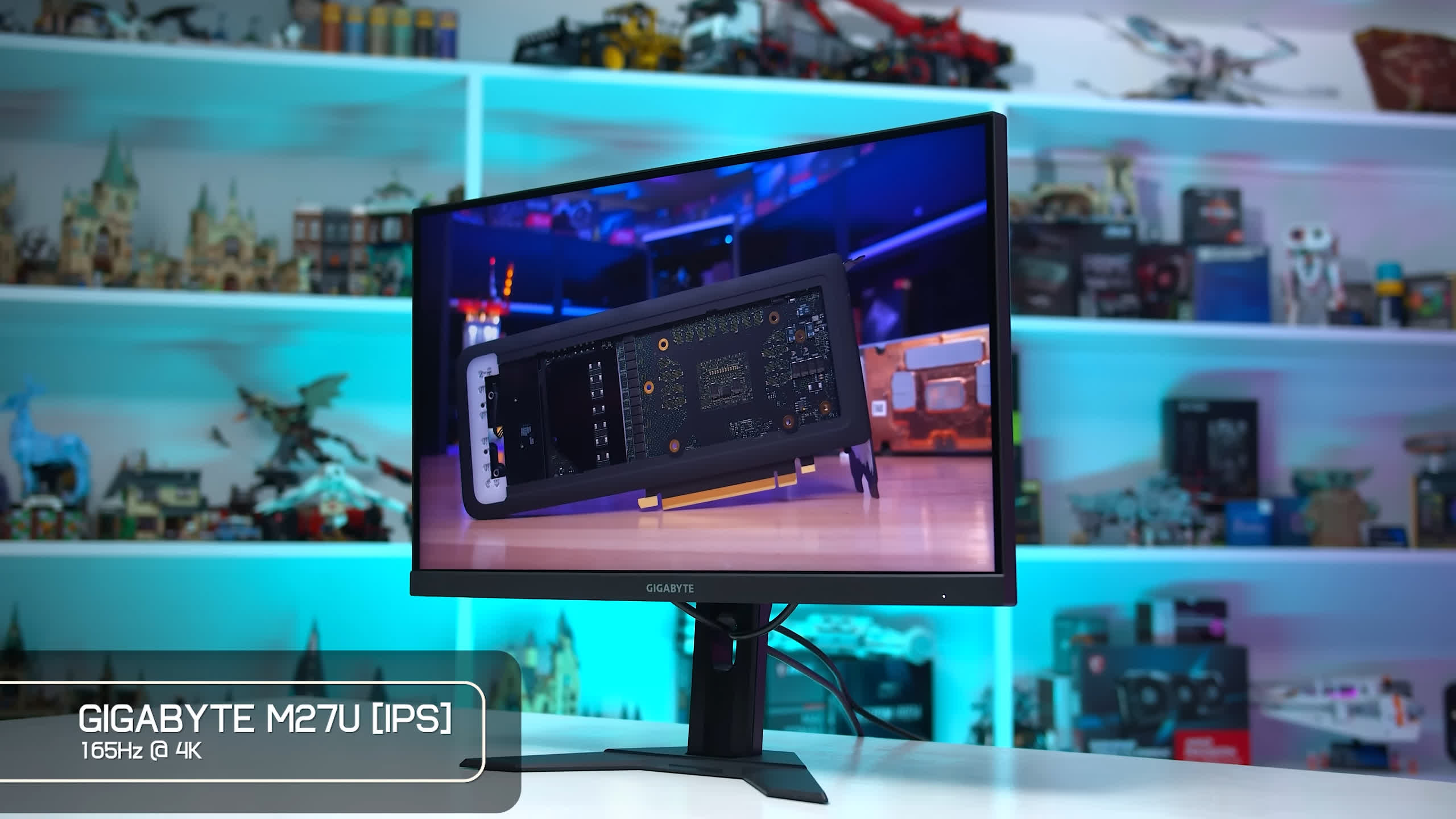
VA LCDs normally top out at 240 Hz, with some versions attaining 250 Hz at 1080 p. At 4 K resolution, QD-OLED, WOLED, and VA LCD panels all currently offer refresh prices up to 240 Hz. However, IPS LCDs lag behind, with a lot of versions maxing out at around 165 Hz.
Reaction Times
Reaction times are just as vital for motion clarity as refresh rates. These determine how quickly a panel can change from one shade to one more, with faster response times causing reduced blur and ghosting.
Right here’s just how the numerous display screen modern technologies rate in terms of rate:
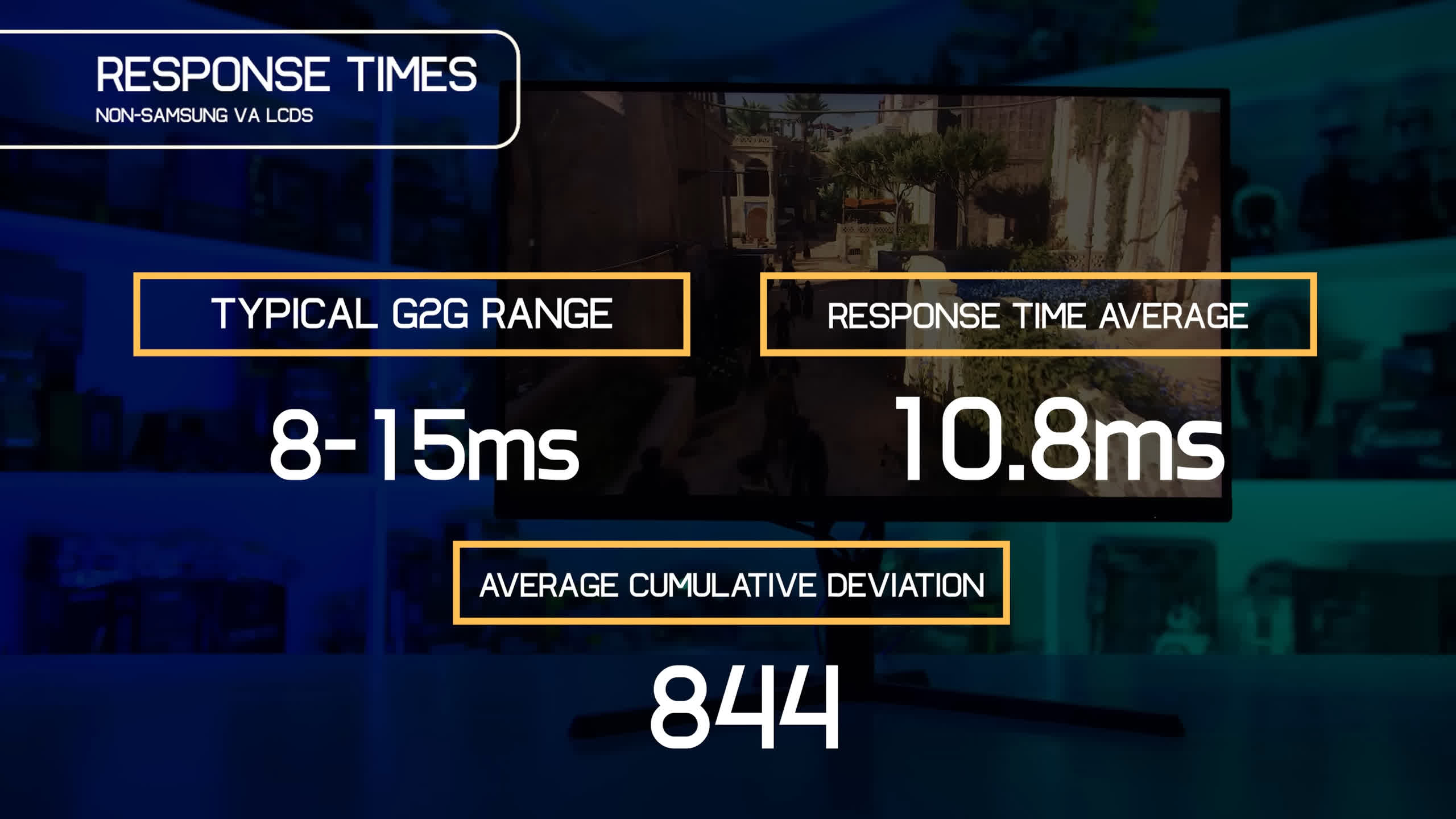
The slowest monitors we have actually evaluated are VA LCDs, omitting those tuned by Samsung. Non-Samsung VAs have a tendency to have typical feedback times in the 8 to 15 ms range, with the most effective situations reaching 7 ms at the greatest refresh prices. Generally, these VAs achieve a reaction time of 10 8 ms.
Using our collective discrepancy statistics– which examines exactly how close a change gets to the excellent instant action– non-Samsung VA LCDs typical 844 VA panels also deal with “dark degree smearing,” where changes involving dark greys are particularly slow-moving, bring about obvious ghosting in specific situations.
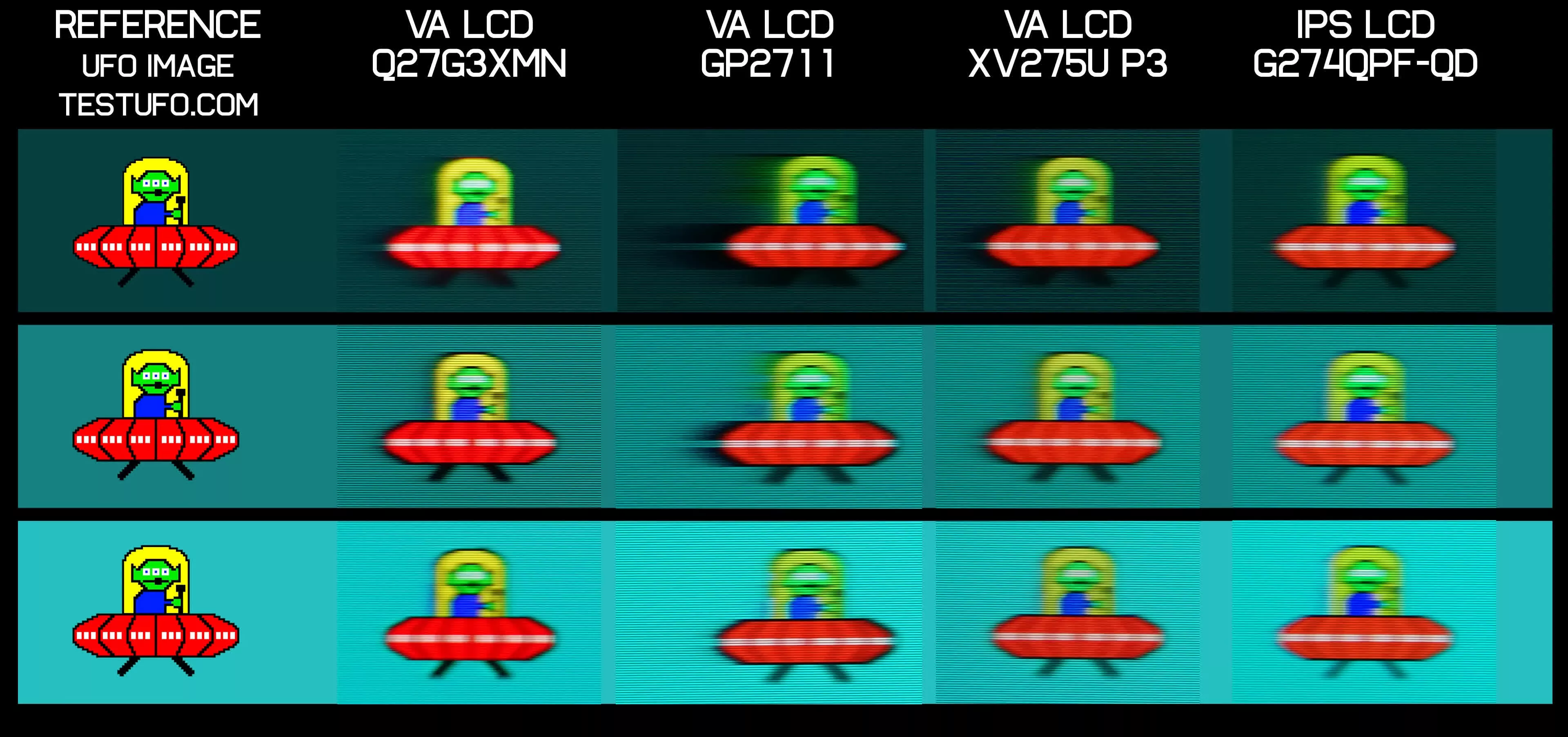
Next in rate are IPS LCDs, which have a wide efficiency variety many thanks to continuous improvements in this modern technology. Throughout the 80 + IPS LCDs we have actually examined, the ordinary grey-to-grey response time is 6 9 ms, though values usually vary from 4 to 10 ms.
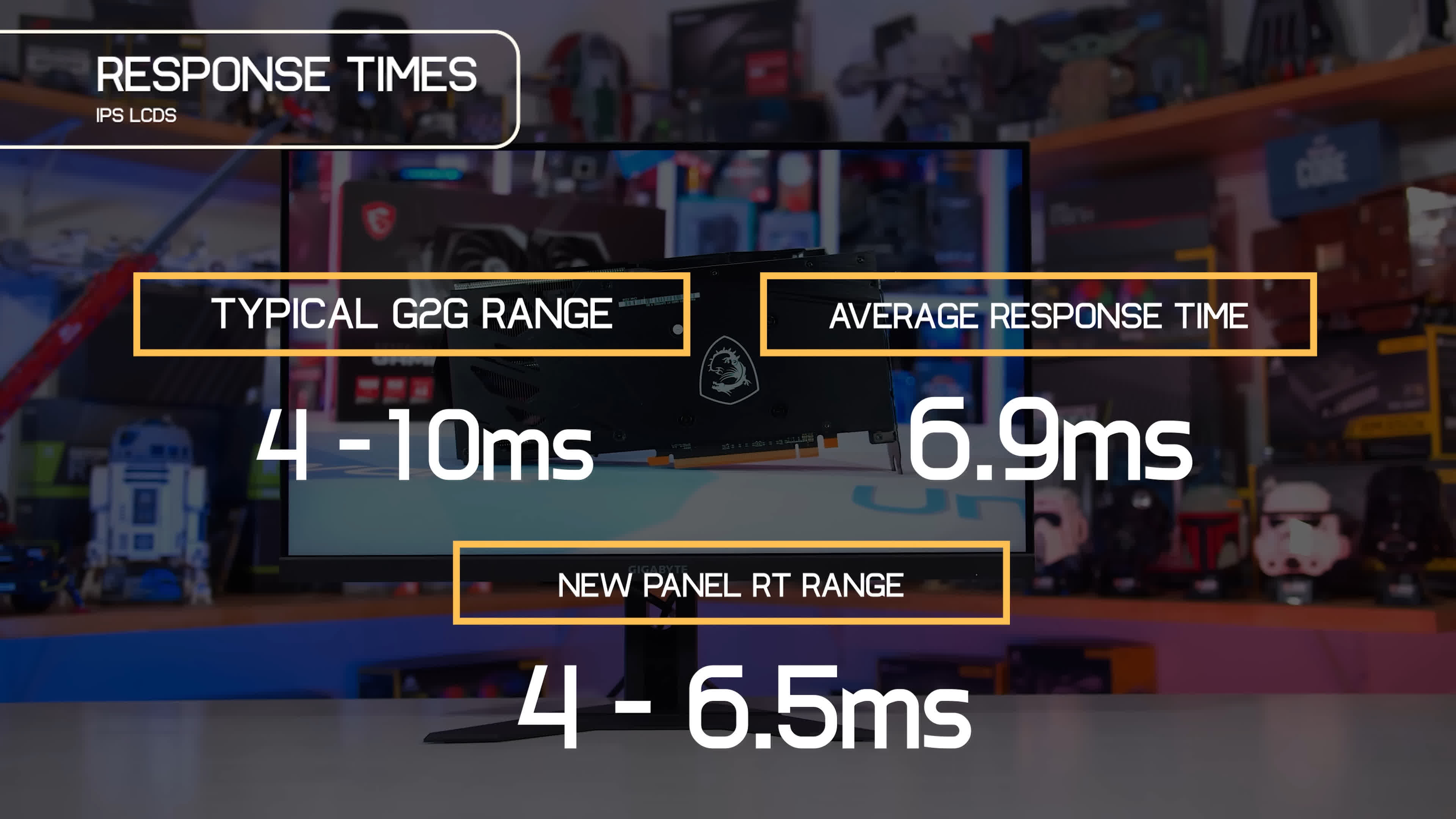
For more recent panels, this variety narrows to in between 4 and 6 5 ms. The average advancing inconsistency for IPS panels is 595– 42 % far better than VA LCDs. Many modern IPS LCDs fall within the 500 to 600 array, which is quite strong for movement clearness.
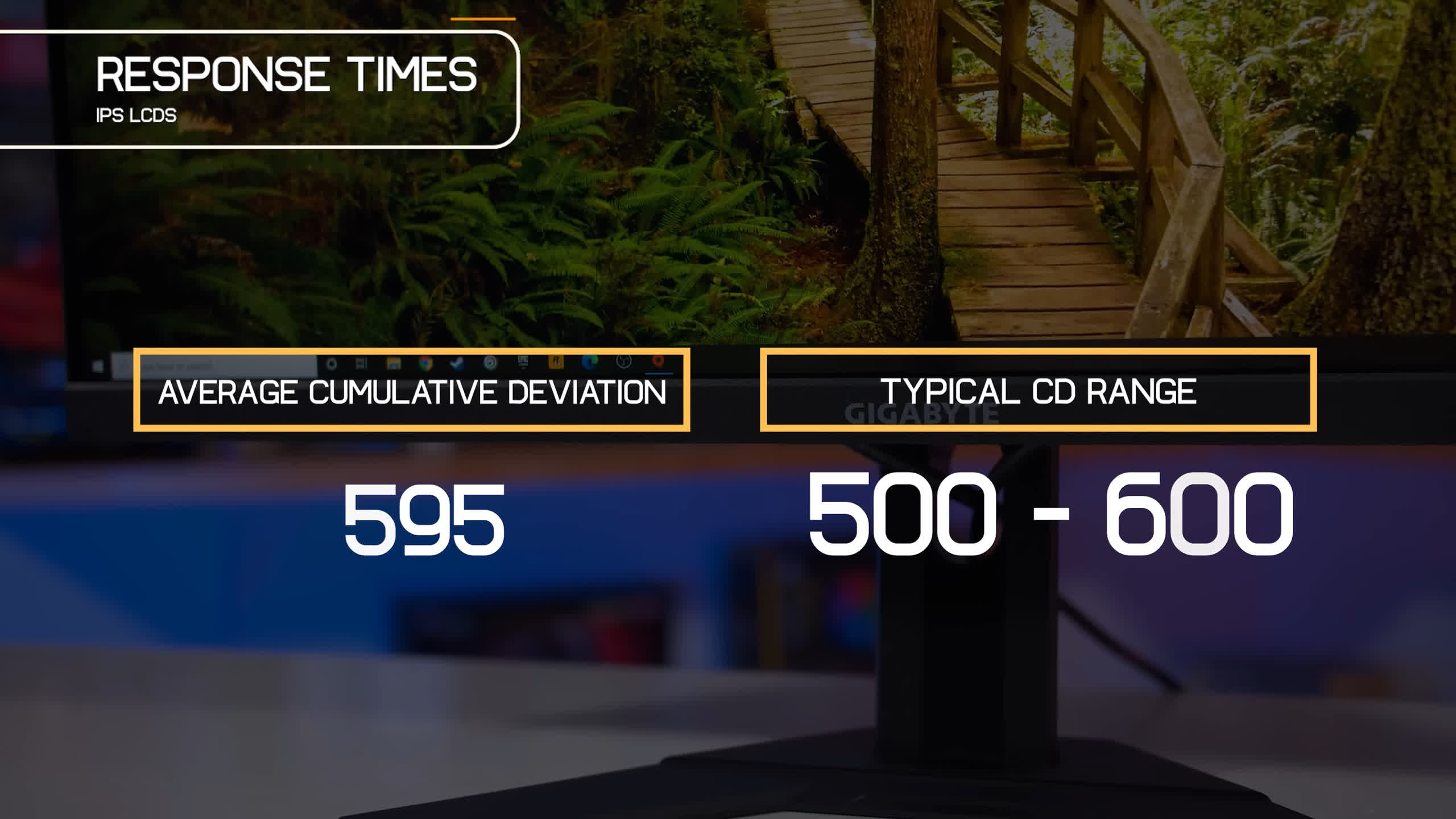
Samsung-tuned VA LCDs are a class over various other VAs. To make clear, this describes the very best examples of Samsung’s VAs, as not every one of them are just as well-tuned. These panels attain reaction times in the 3 to 4 ms array, with advancing discrepancy around 400 The best IPS panels are also capable of this degree of rate and variance, yet IPS technology often tends to have less variant between the very best and worst instances compared to VA innovation.
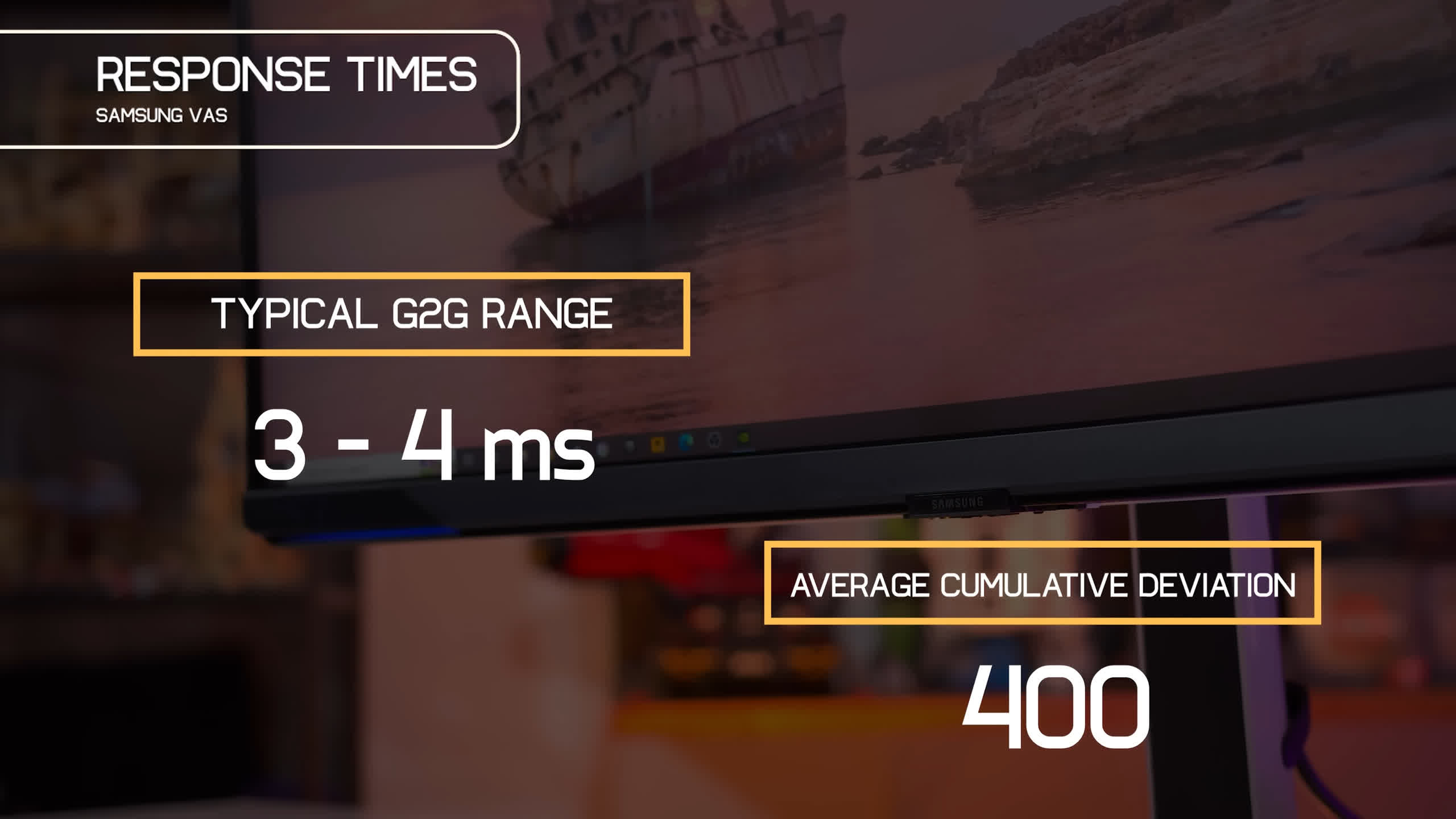
TN LCDs are the fastest LCD innovation, with an ordinary reaction time of 4 4 ms in our testing and a collective inconsistency of 399 This is virtually 50 % far better than the ordinary IPS panel, although TN panels have other compromises to achieve this rate, as gone over previously. Their faster action times enable TN LCDs to support class-leading refresh rates.
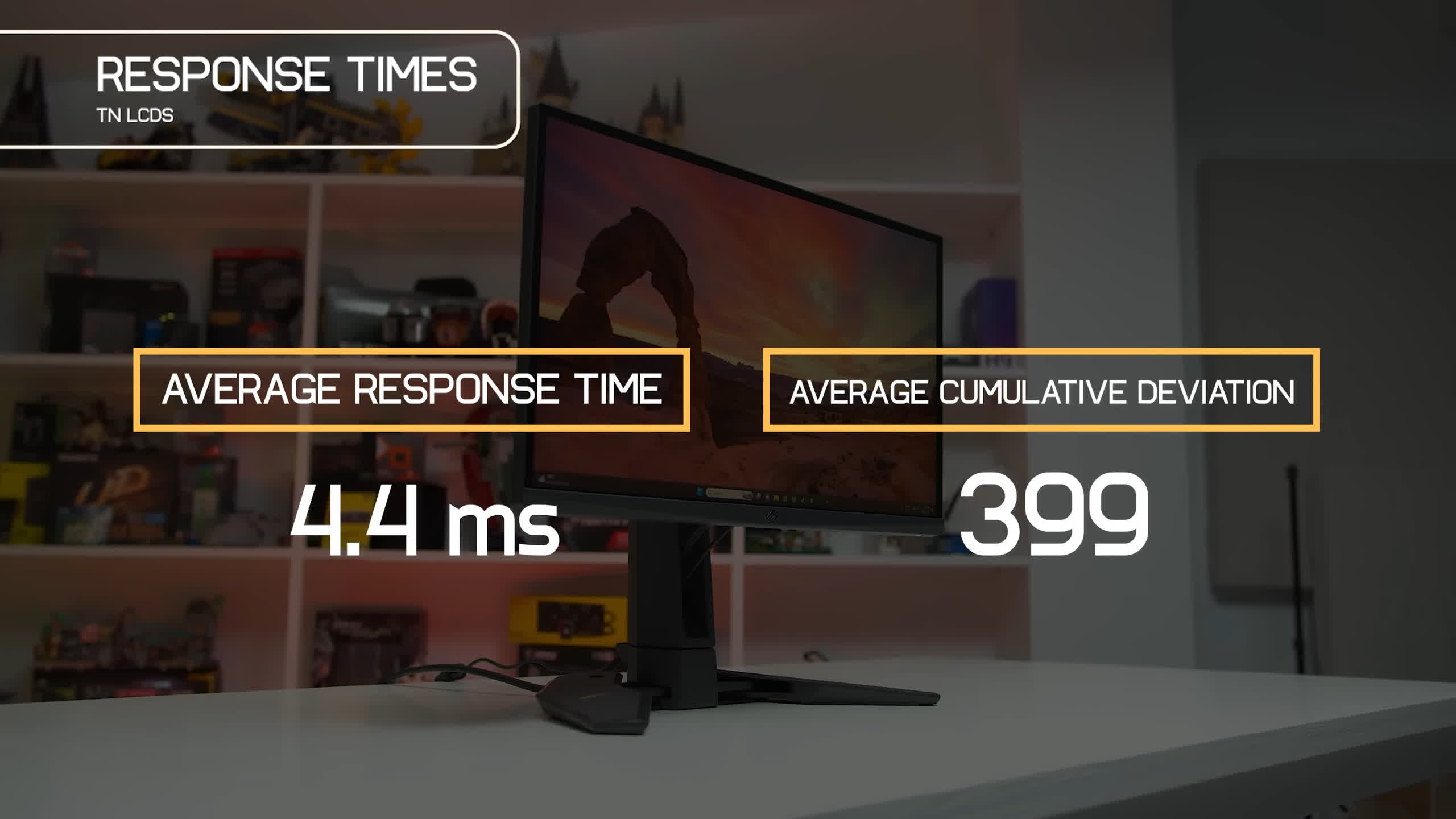
OLEDs are an order of size faster than any kind of LCD innovation available today. The ordinary feedback time for OLEDs– whether WOLED or QD-OLED, as both perform similarly– is simply 0. 3 ms. Their ordinary cumulative deviation is a mere 42 Special to OLEDs is that their performance stays constant throughout all refresh rates.
While LCDs usually do even worse at lower refresh rates contrasted to greater ones, OLEDs keep the exact same speed despite the refresh price.
Movement Clearness
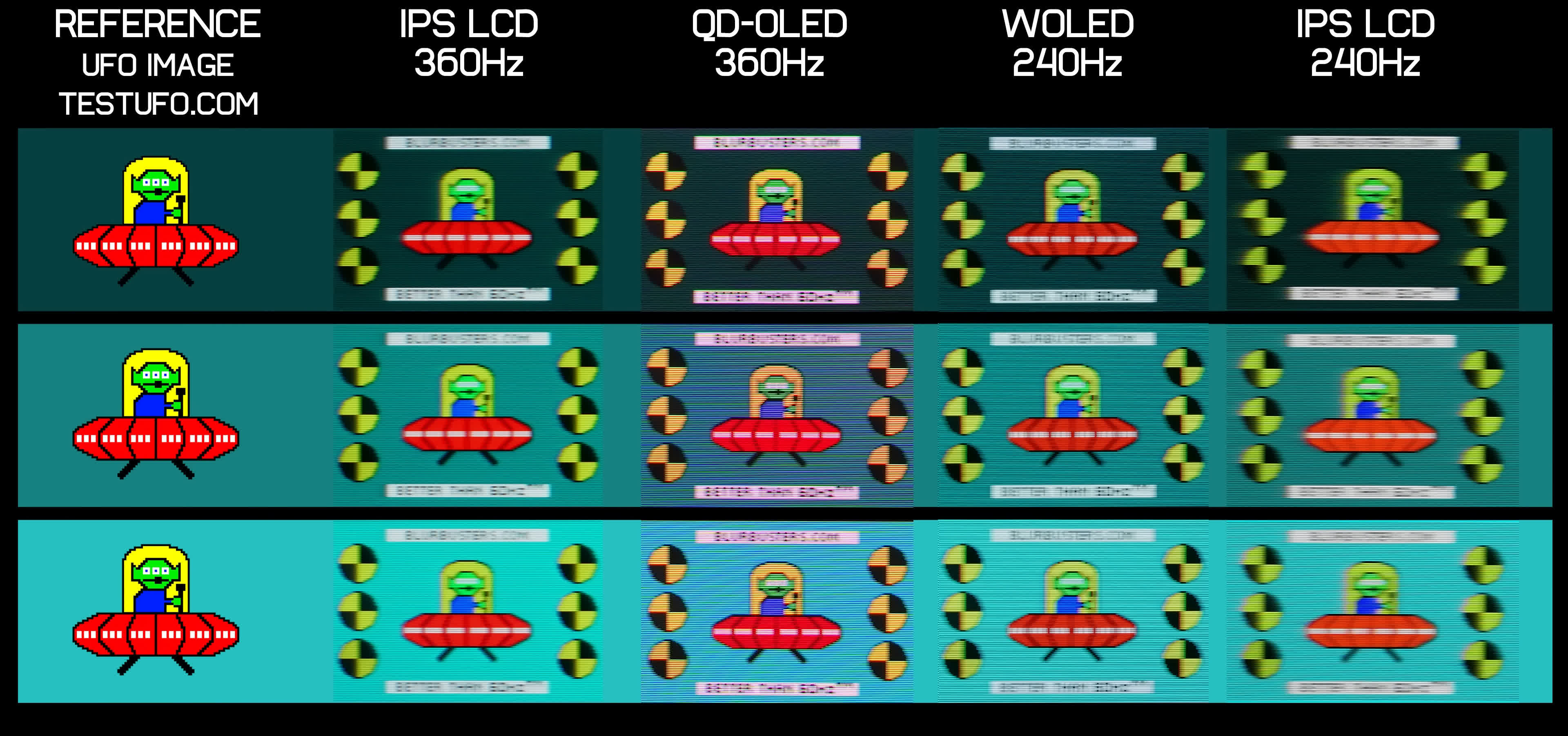
Many thanks to their reaction time advantage, OLEDs supply much better real-world motion clearness at an offered refresh rate contrasted to LCDs. For example, an OLED running at 240 Hz provides motion quality closer to a 360 Hz LCD than a 240 Hz LCD. Normally, OLEDs deliver movement quality equivalent to an LCD performing at 1 5 x the refresh rate.
Where LCDs can surpass OLEDs moving clearness is via backlight strobing modern technology. This function is specifically popular amongst hardcore affordable shooter gamers, with the best implementations currently readily available on TN and IPS LCD panels.
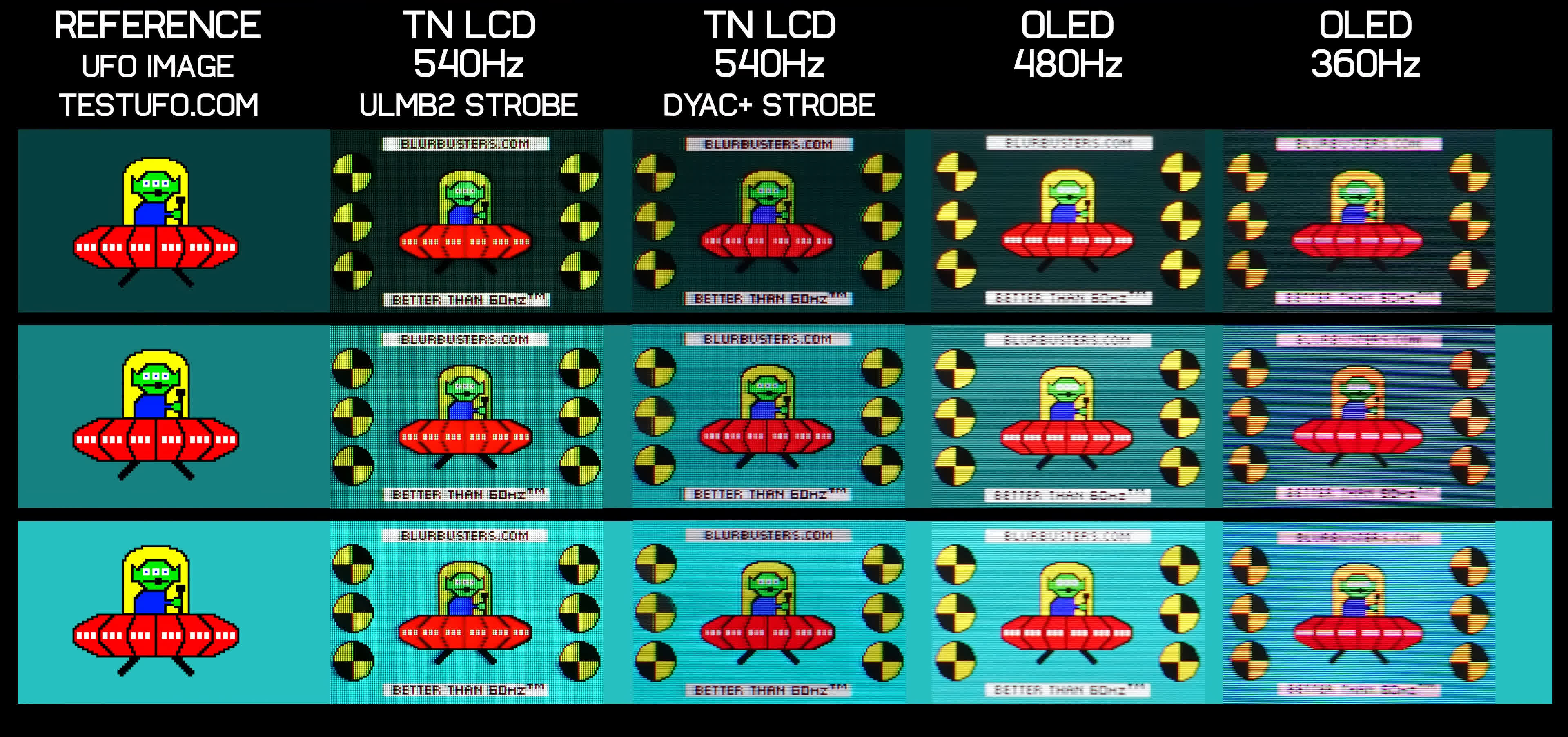
The quality of backlight strobing depends upon the panel’s reaction time and the speed and tuning of the strobe itself. With TN LCDs being usually faster, they provide more prospective for top-tier backlight strobing setups.
When comparing the very best strobed LCDs to the motion clarity of OLEDs, strobed LCDs still hold a side, delivering the highest possible clarity possible. Nevertheless, backlight strobing is a limiting technology– it does not work with adaptive sync or HDR and typically needs a locked, regular frame price for the best experience. In contrast, OLEDs provide their clarity along with full variable refresh rate and HDR compatibility.
These days, there’s no input lag difference in between panel innovations when it pertains to refining hold-up– the time it takes for a signal to begin displaying. However, total input lag is still influenced by refresh prices and feedback times. This indicates, in method, 480 Hz OLEDs and 500 Hz TN LCDs supply the lowest input latency offered.
HDR Characteristics
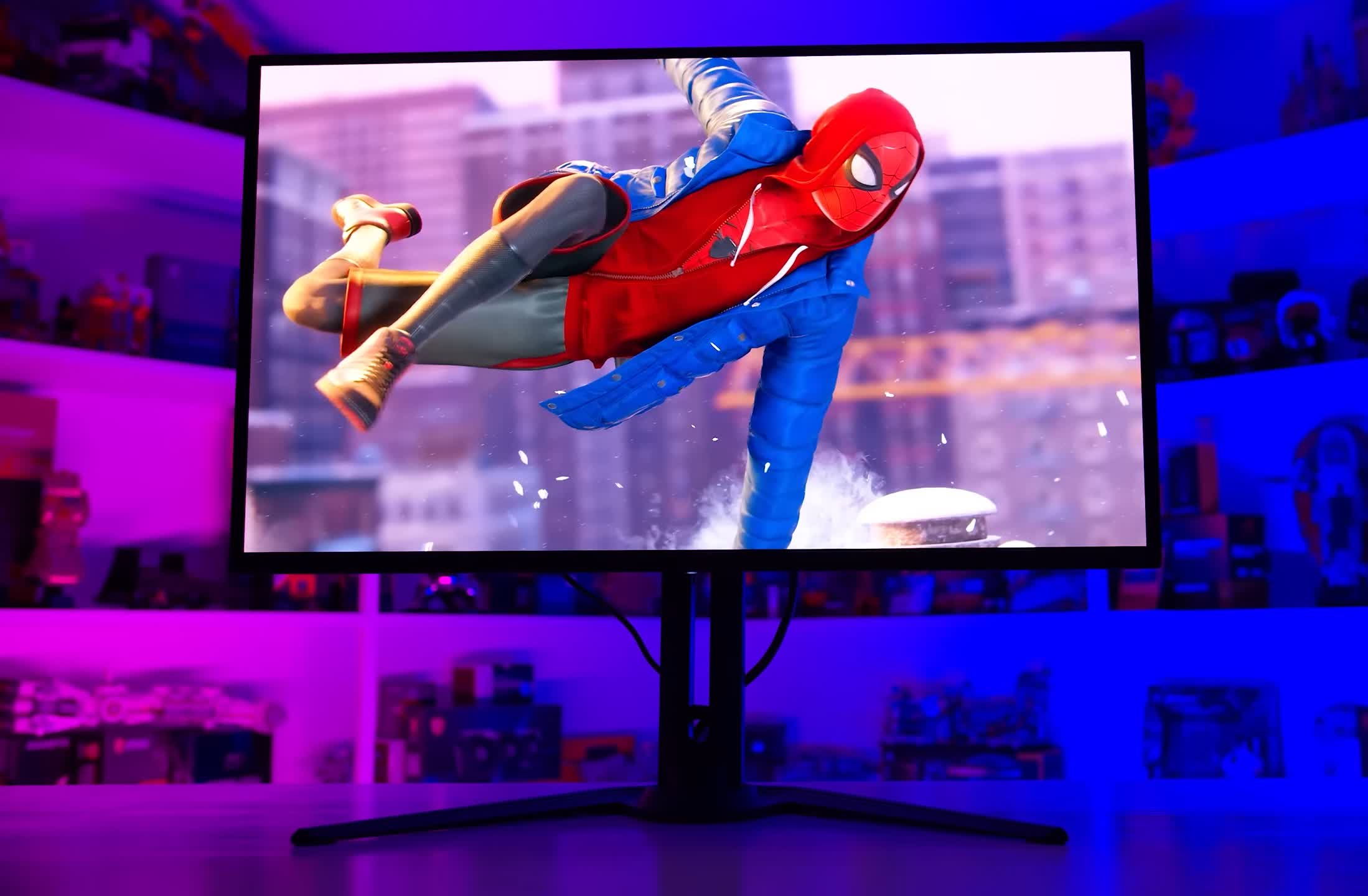
Achieving high dynamic array (HDR) is naturally developed into the layout of OLED panels, which have two crucial hardware benefits: the capacity to dark blacks down to true zero and full-range control of every individual pixel. This results in an incredibly high native contrast proportion that’s currently ideal for HDR, together with excellent control over illumination.
LCDs, by comparison, do not inherently feature a high contrast ratio, with even the most effective VA LCDs peaking at around 4, 000: 1 To achieve HDR-suitable contrast ratios, LCDs count on zoned backlights– ideally full-array neighborhood dimming (FALD) backlights– that work in tandem with the fluid crystal layer to increase comparison and dynamic range.
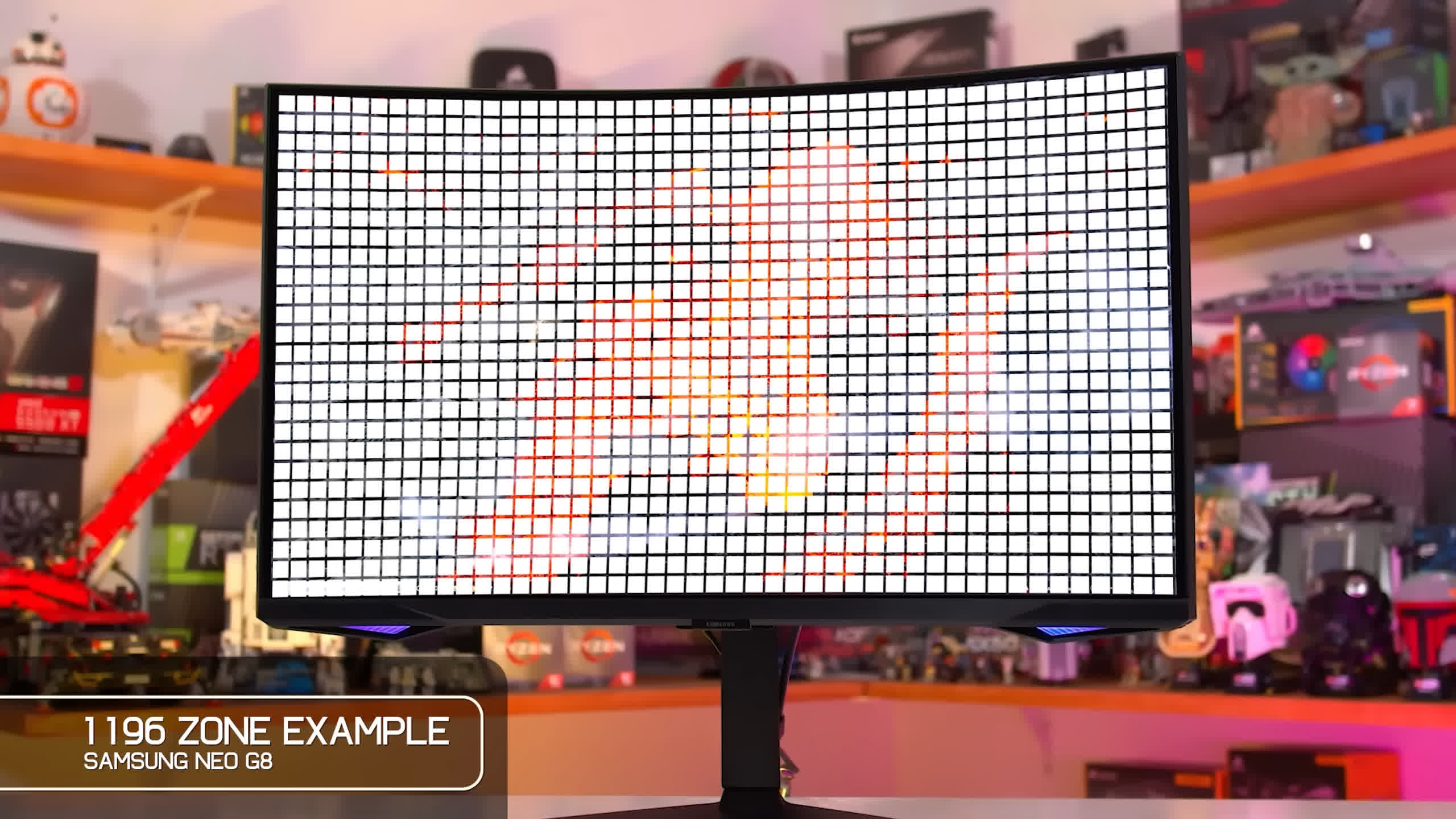
While this improves performance, it’s still a concession contrasted to OLEDs. LCD backlight zones commonly manage countless pixels simultaneously, unlike OLEDs, which provide accurate pixel-level control. This means OLEDs succeed at displaying bright and dark aspects close together, whereas LCDs may show zone-related artefacts like flowering.
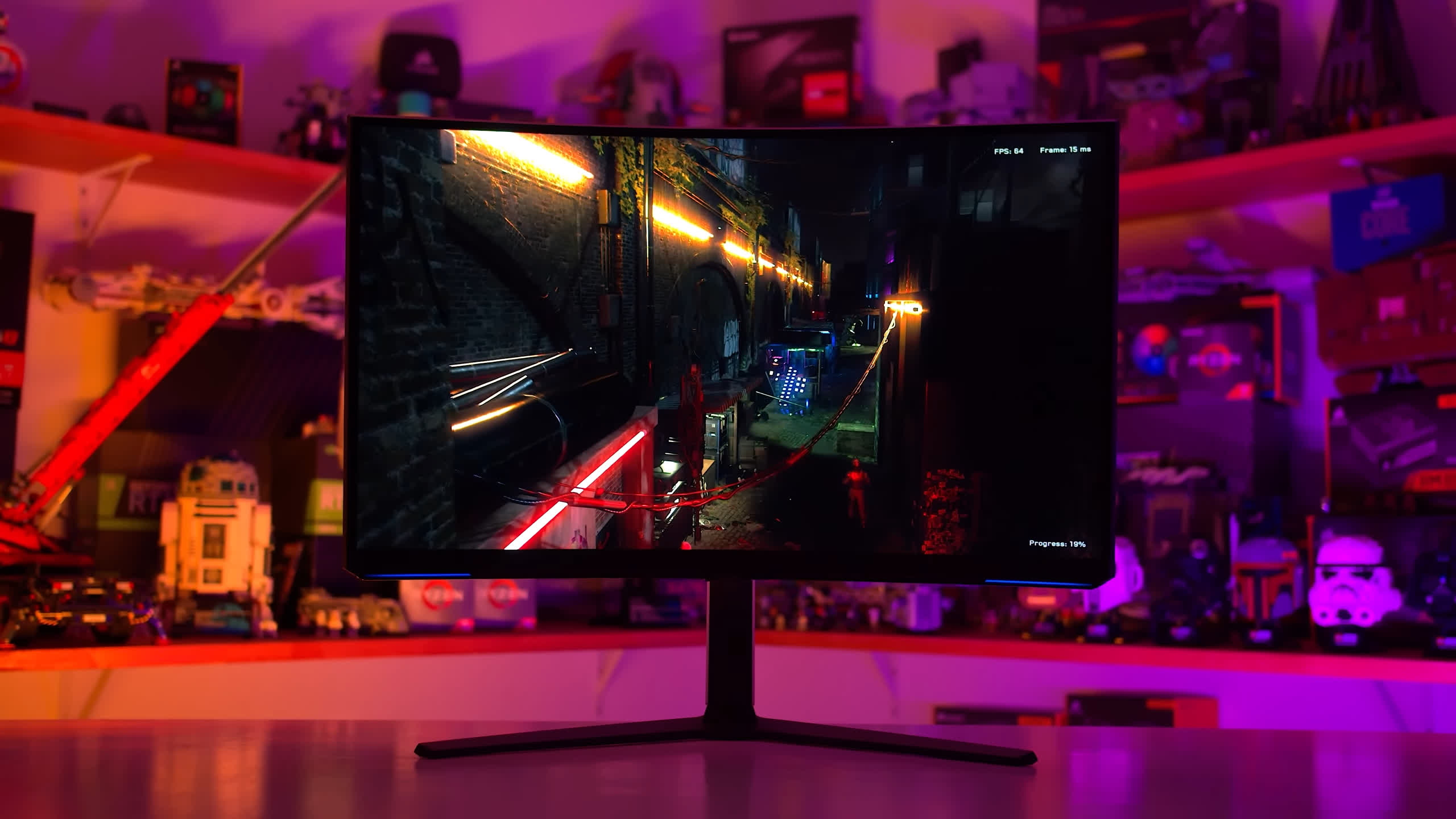
Normally, OLEDs manage dark HDR material with high comparison better due to their equipment abilities. This isn’t to say LCDs can not execute well in these circumstances, yet their hardware has to function more challenging to achieve comparable outcomes.
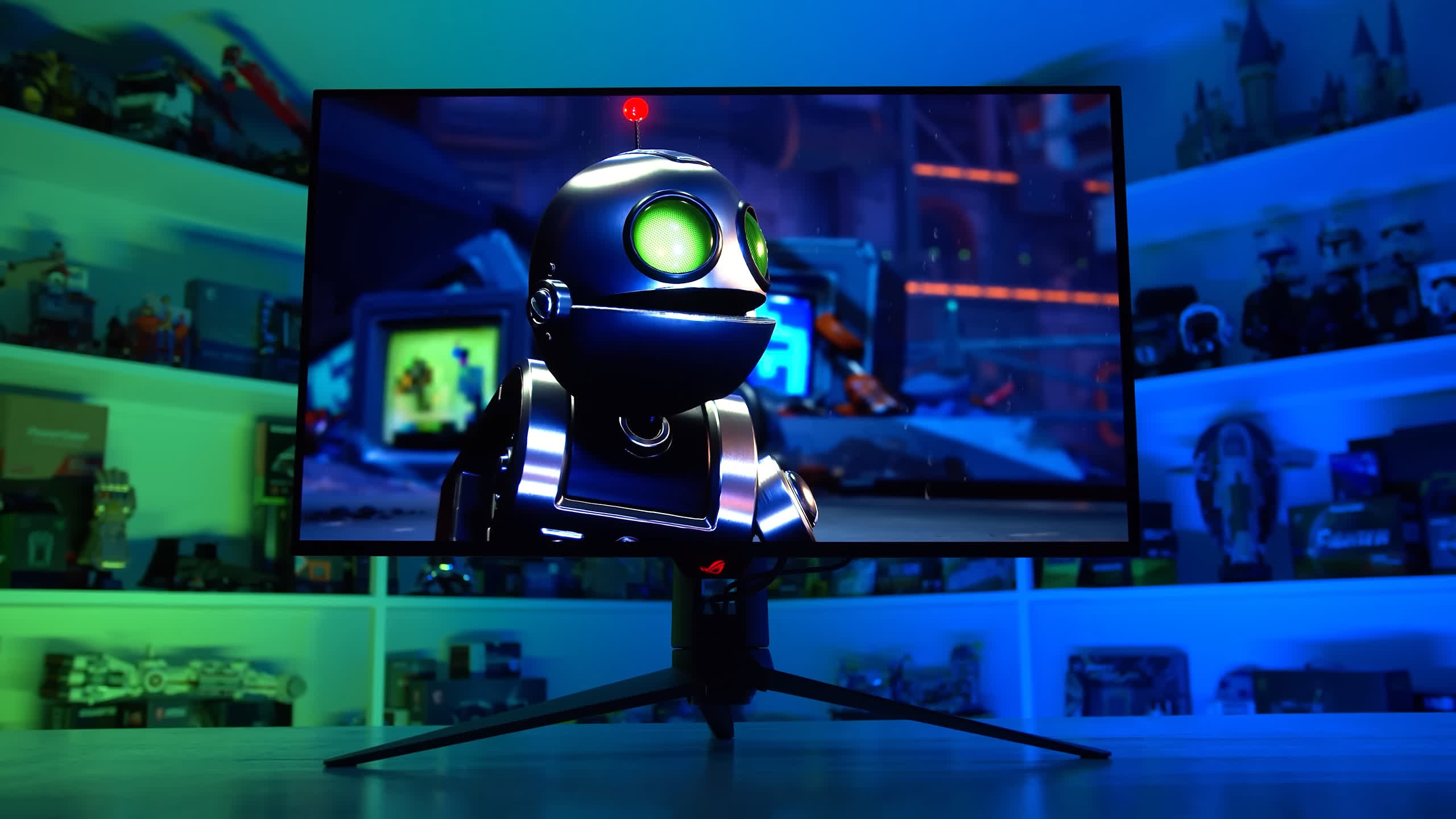
LCD efficiency in HDR depends greatly on the variety of backlight zones– more zones cause better outcomes. VA LCDs, with their greater native comparison proportion, require less areas to accomplish similar outcomes compared to IPS LCDs, based on our screening experience.
Nonetheless, LCDs have a clear benefit in brightness. LCD backlights can produce a lot higher illumination degrees than OLEDs, specifically for brilliant scenes that use the entire display area. In most real-world circumstances, LCDs deliver significantly brighter highlights and maintain constant brightness across brighter, higher APL (ordinary picture degree) scenes contrasted to darker, lower APL scenes.
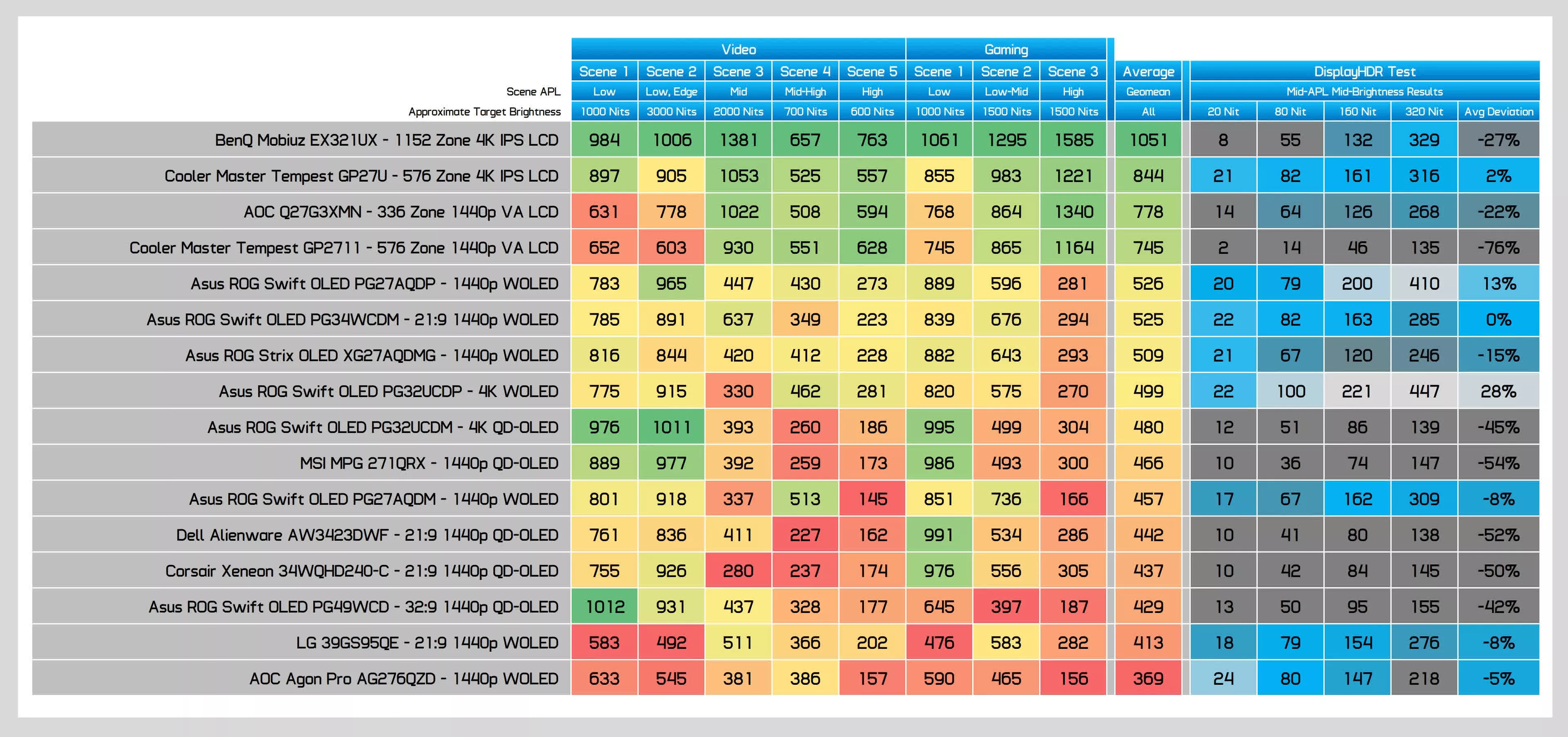
OLEDs are normally dimmer. Between both OLED modern technologies, there are noteworthy distinctions. Our 4 K QD-OLED vs. 4 K WOLED explainer covers this in even more detail, however, for the current panels, WOLEDs are a little brighter typically, particularly for brighter scenes. Nonetheless, earlier WOLED models are substantially dimmer than regular QD-OLEDs, so efficiency relies on the details display. Furthermore, WOLEDs have even worse shade brightness and a narrower color range, which can affect the HDR presentation.
Currently, there’s no clear-cut victor for HDR efficiency between OLEDs and LCDs– it mostly depends on what you prioritize in a screen. If you value greater HDR illumination, LCDs are the far better option. If higher comparison and better darkness information are your choice, OLEDs are the means to go.
Burn-In and Various Other Factors to consider
Another aspect to consider is burn-in. LCDs do not experience long-term image retention concerns, or burn-in, making them a far better selection for fixed content– an essential usage situation for desktop computer screens. OLEDs, on the various other hand, can and will experience burn-in gradually when subjected to duplicated fixed web content. This makes OLEDs better for vibrant web content like video playback or pc gaming, where screen components often alter.
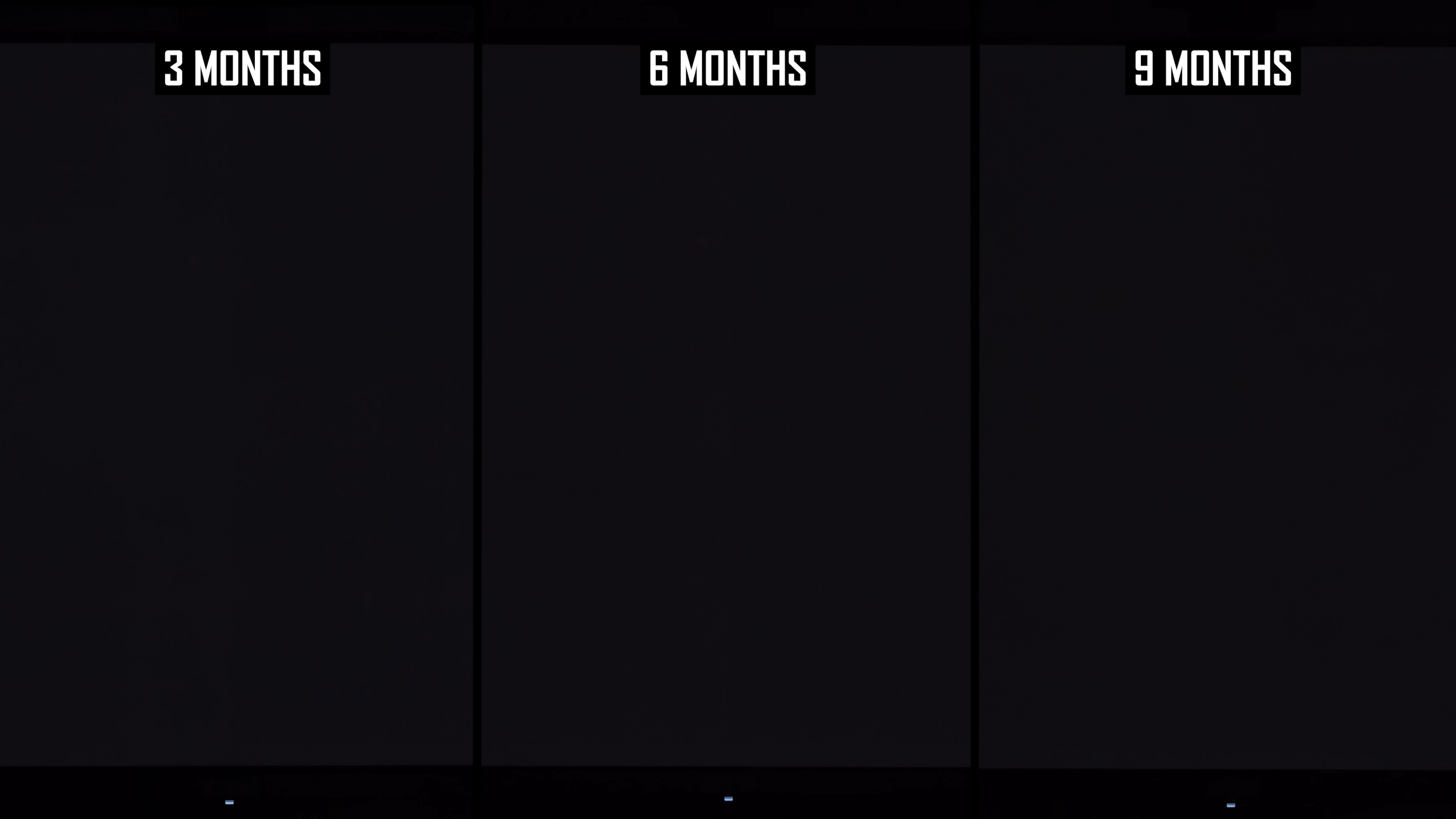
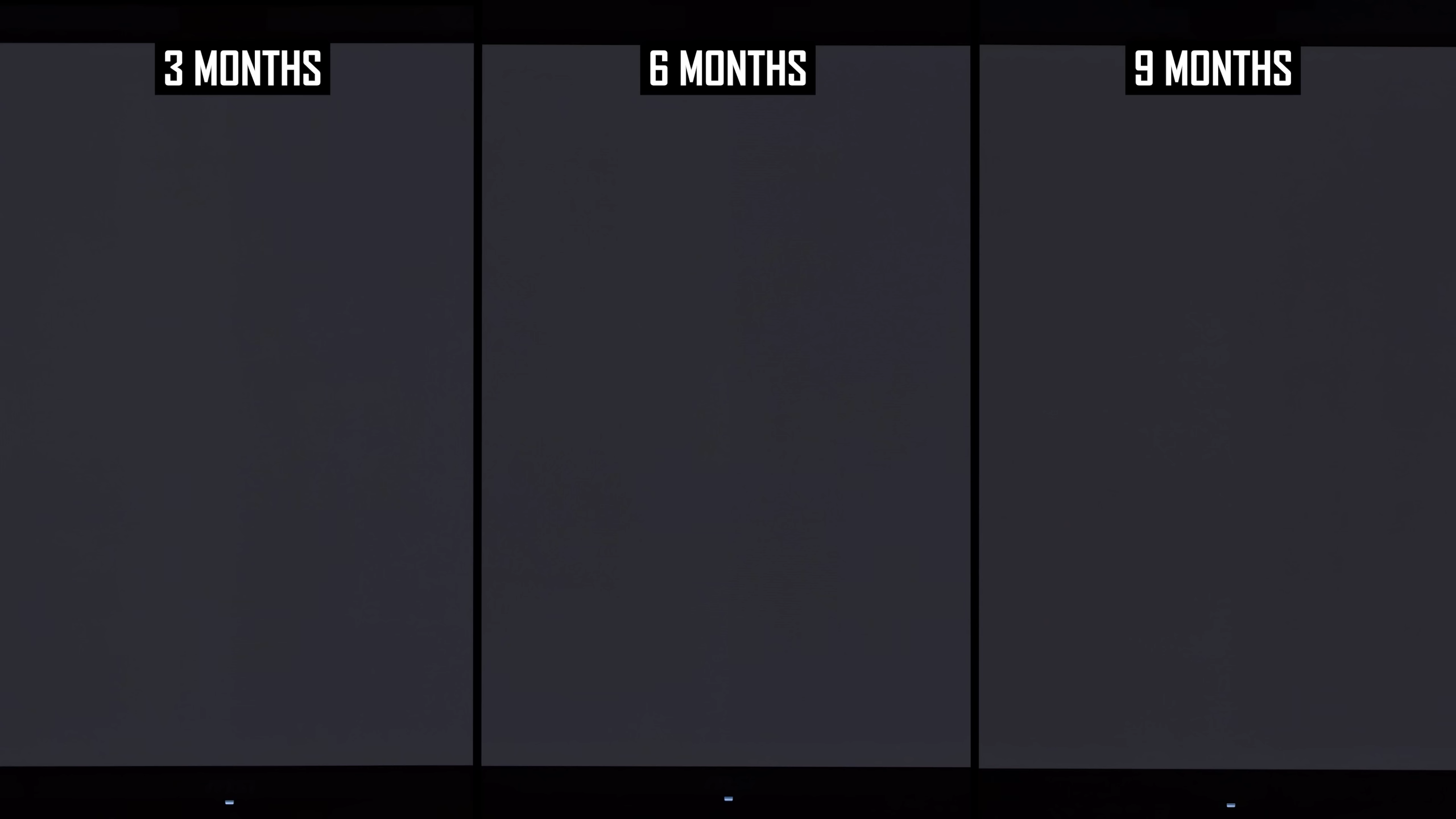
A few added points to remember consist of subpixel framework and its influence on message top quality. LCDs normally offer the best text clarity due to their basic subpixel format, which operating systems like Windows are optimized for.
Much more uncommon formats, such as those utilized in WOLED and QD-OLED panels, can result in a little minimized text quality at the exact same resolution. Among LCDs, IPS, TN, and VA panels normally provide comparable message clarity unless you obtain a rare panel with a much more cool format.
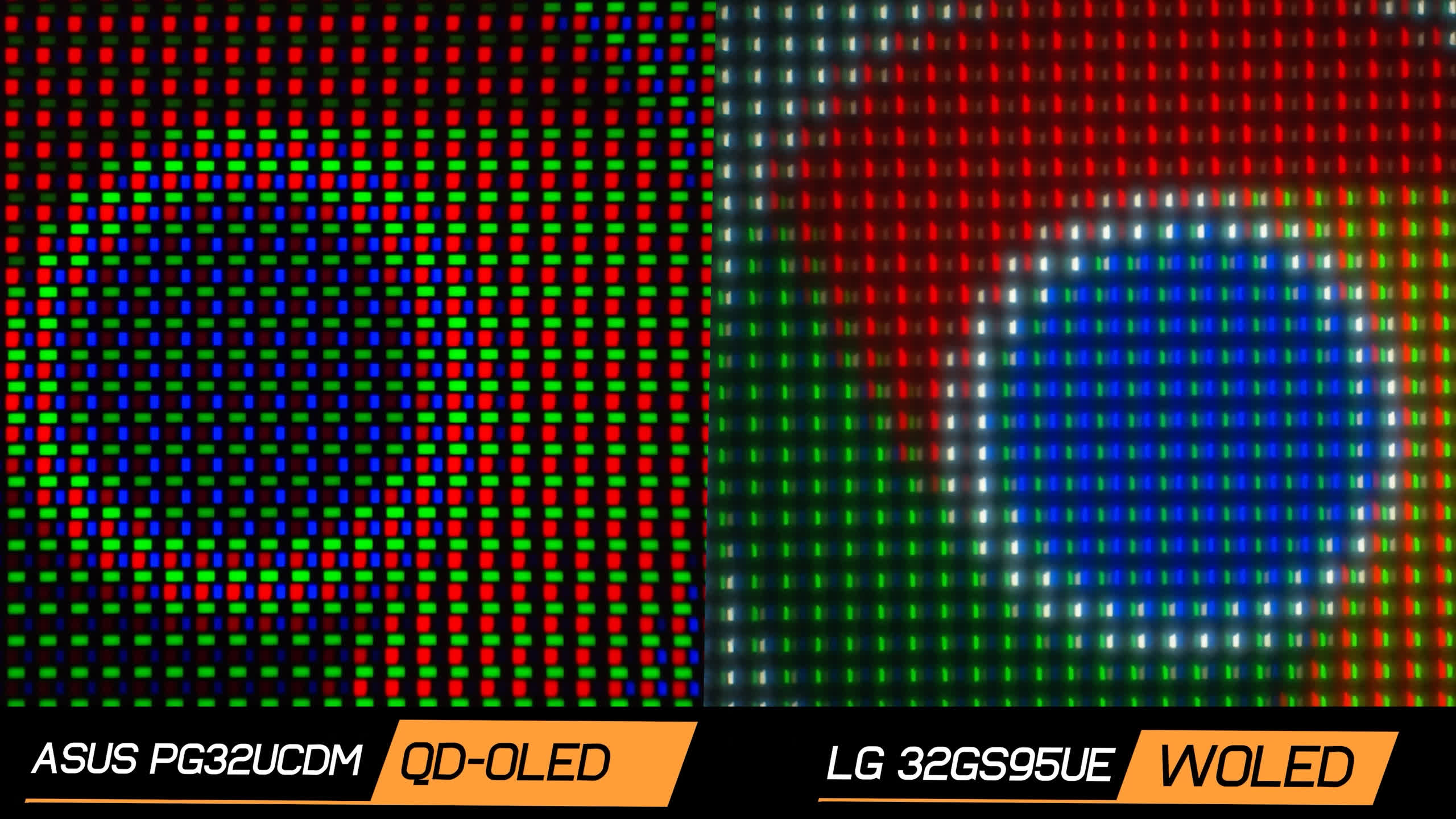
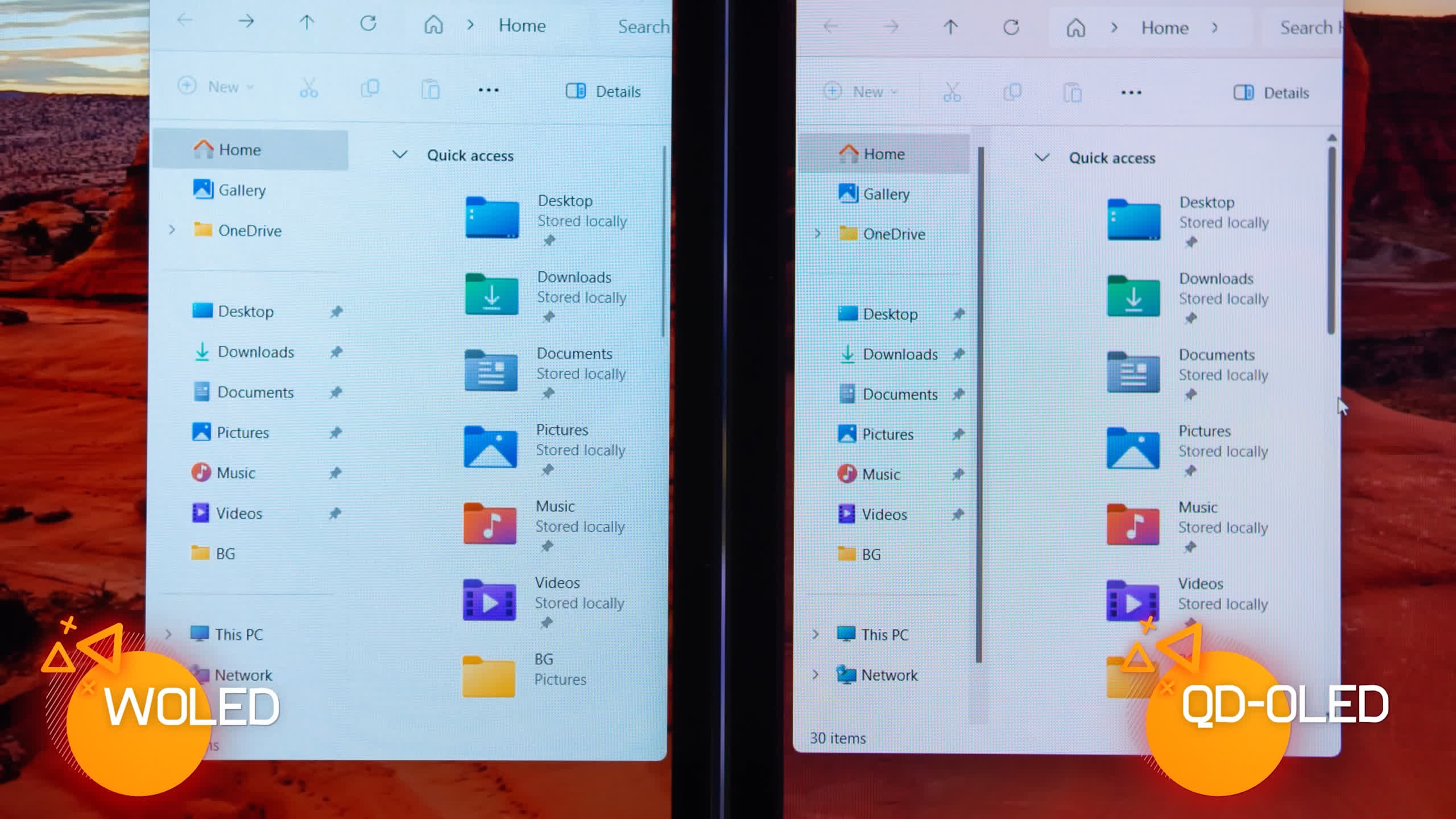
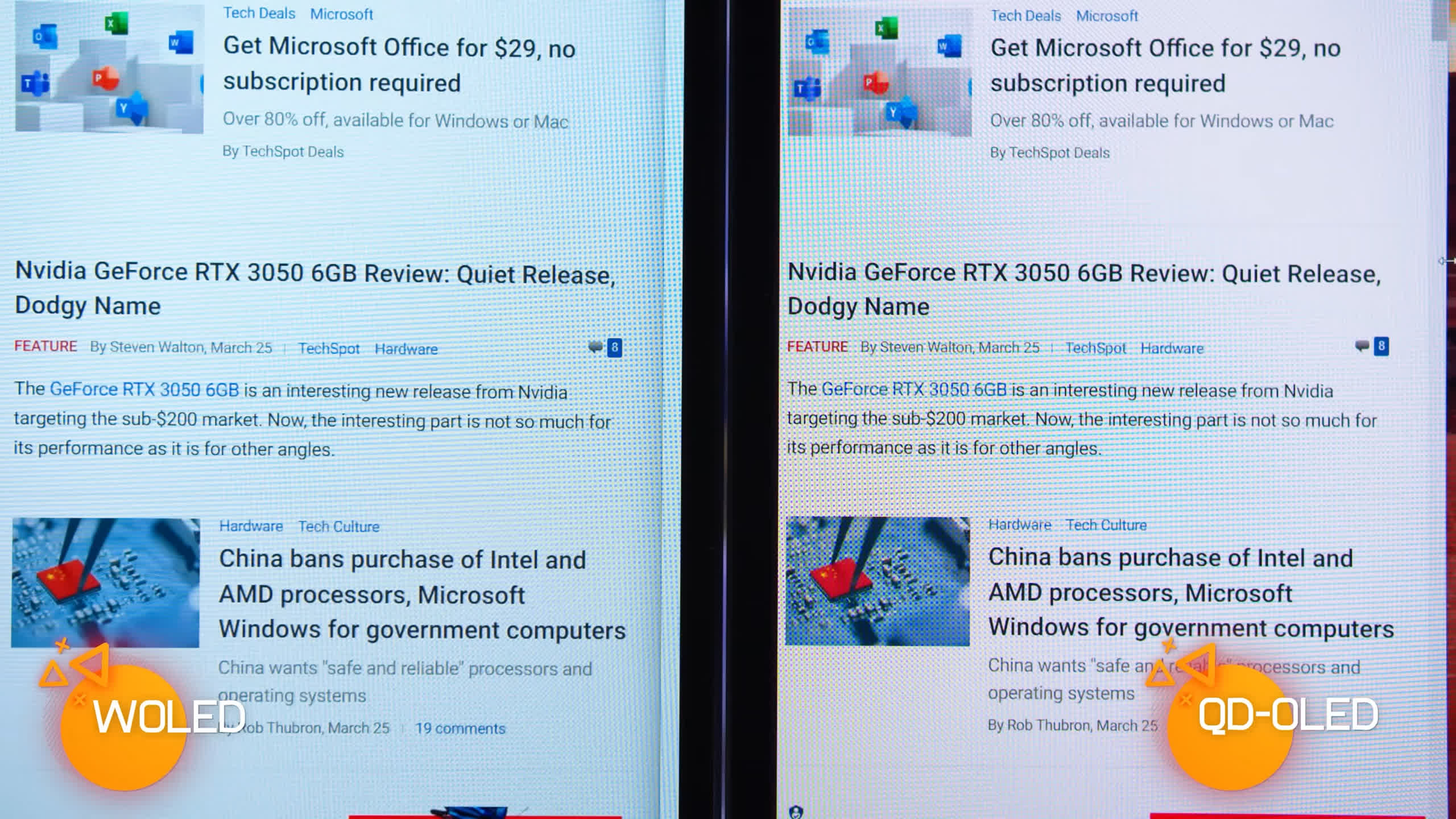
Display layers are one more consideration, however these are determined by the display producer instead of the panel modern technology. For example, IPS LCDs can have either matte or glossy coverings, just as QD-OLEDs can.
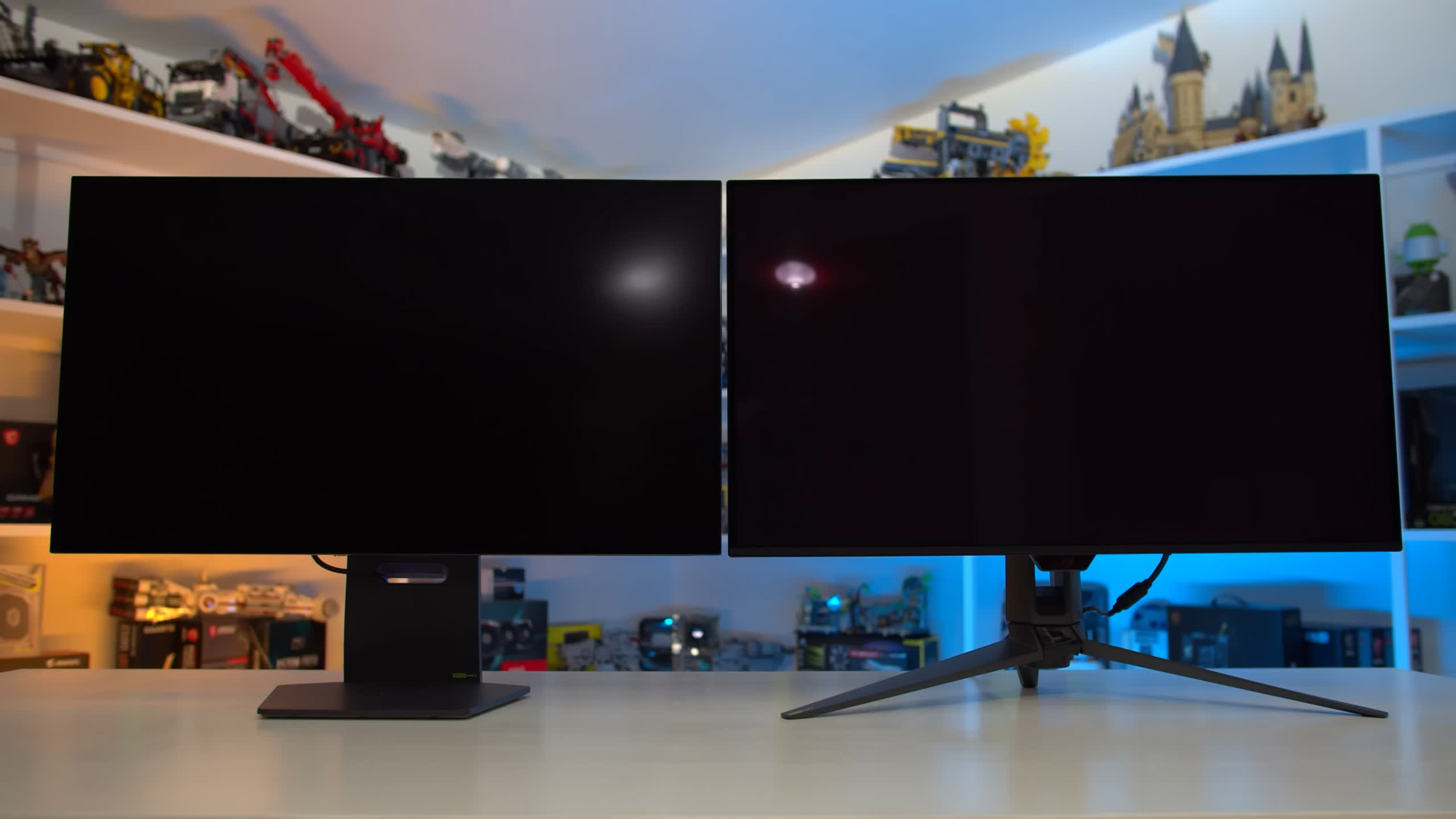
However, we’ve observed a pattern in recent years where producers utilize shiny coverings for QD-OLED panels– likely due to the fact that Samsung Show largely creates glossy versions– while matte coatings stay even more typical for other panel kinds.
What We Discovered
If we had to summarize the display screen ecosystem today, this is it: TN panels continue to decrease in popularity, and we do not see them much anymore beyond esports video gaming keeps an eye on with high refresh rates and backlight strobing. Even in the budget plan screen market, TN panels have been mainly replaced by IPS LCDs as a result of their countless imperfections as general-purpose screens, specifically bad watching angles and reduced contrast.
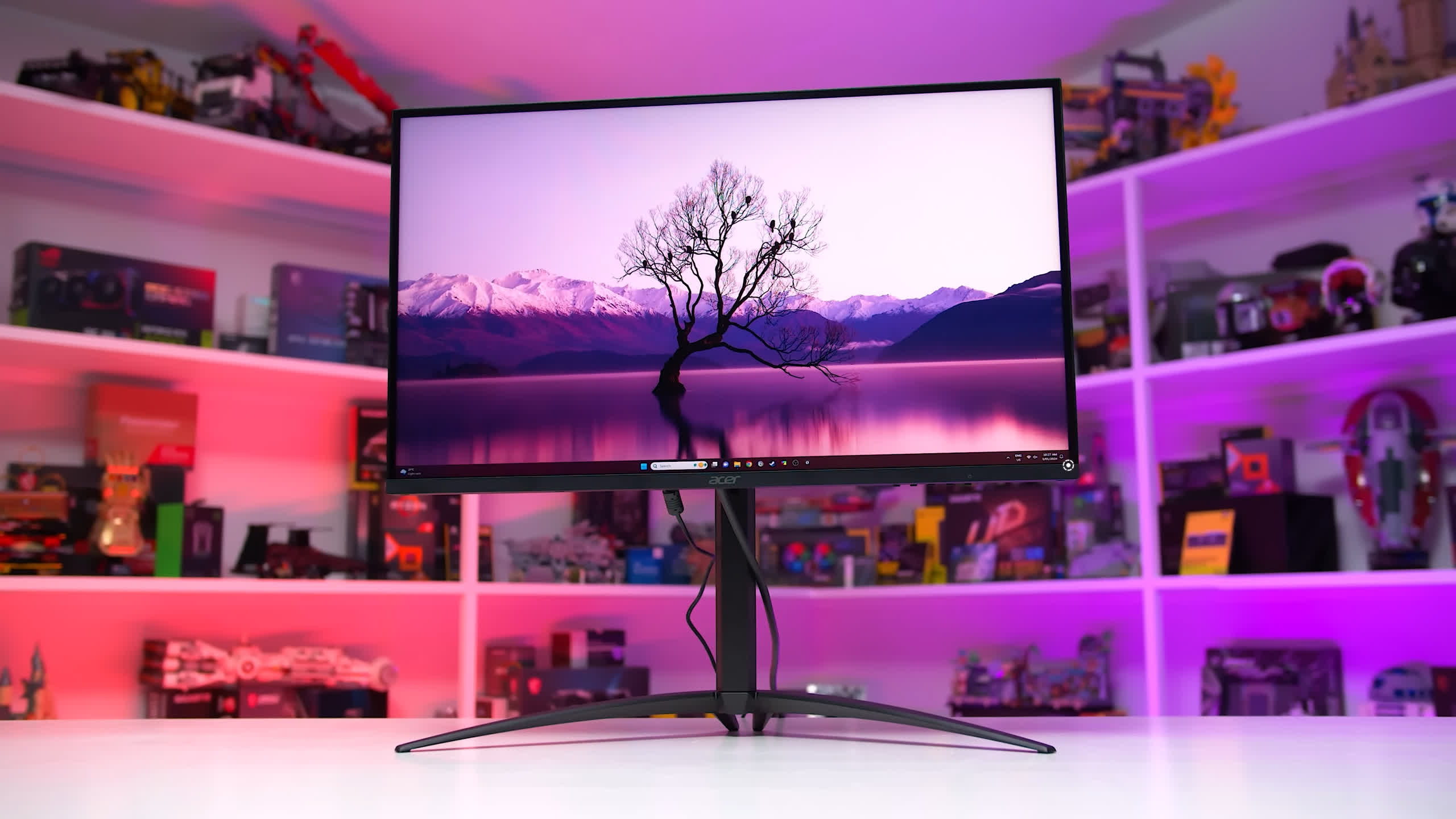
VA panels stay a variety and have shed ground to IPS in lots of item segments. However, there’s been a small resurgence in VA panels for mini-LED HDR screens.
VA modern technology has some fundamental toughness, like a suitable native contrast proportion for an LCD, yet additionally some notable downsides, such as weak action time performance outside of a few unique implementations. In lower-tier products, VA efficiency continues to be a significant concern, and we would certainly have suched as to see more innovations in this field over the last few years.
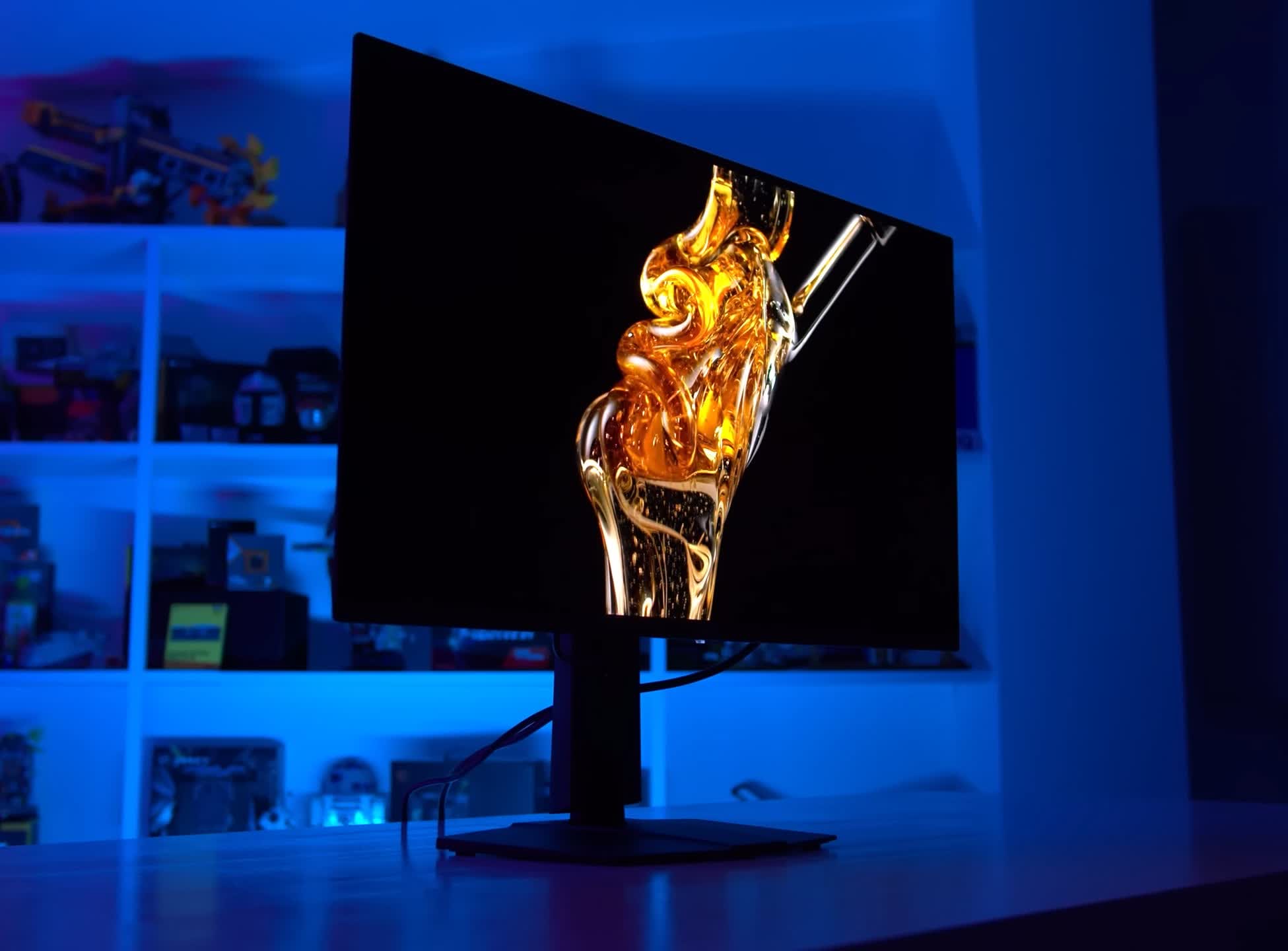
IPS panels are steadily increasing in appeal, though advancement in this innovation has actually reduced just recently. IPS panels are typically the most balanced alternative, with toughness throughout numerous areas, consisting of motion performance about various other LCDs, vast range protection, and superb viewing angles.
These toughness of IPS monitors correspond throughout all market sectors, from premium models to entry-level displays, making them a wonderful bang-for-buck alternative. Many thanks to the prevalence of flat panels with fantastic harmony and very large gamuts, IPS is also one of the most appropriate innovation for gaming and material development on the very same display. However, IPS panels still drag VA panels on the other hand ratio.
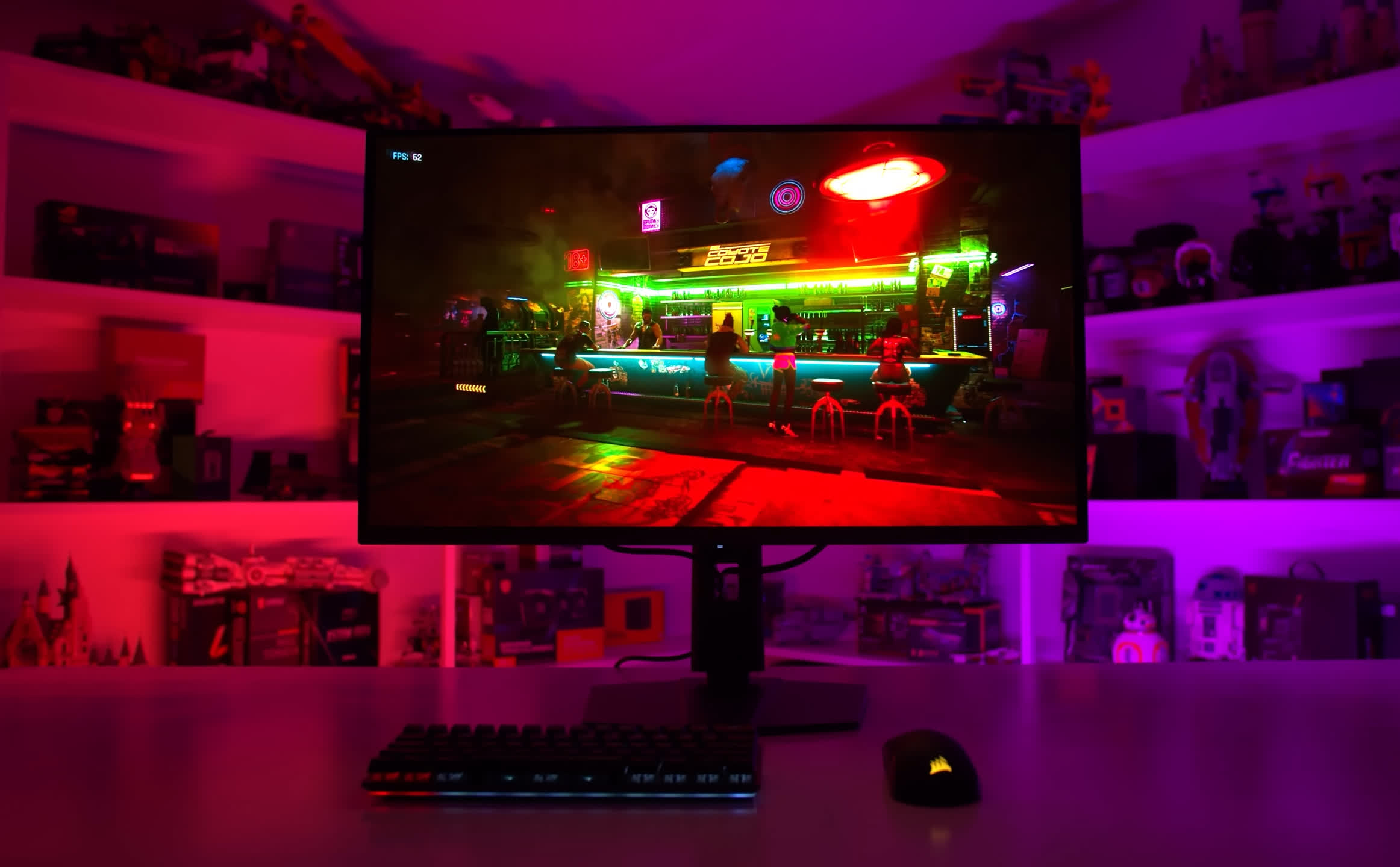
Then there’s OLED, which has actually made significant strides recently and currently provides a compelling choice for buyers taking a look at premium-priced monitors. OLED is essentially different from LCD technology, using much exceptional movement performance, limitless contrast, and inherent benefits for HDR material.
That said, OLEDs have some drawbacks that stop them from being an excellent well-rounded option for a computer display, such as the danger of burn-in and lower brightness compared to LCD counterparts. It will be interesting to see just how OLED technology evolves over the following couple of years and just how inexpensive it can end up being.

